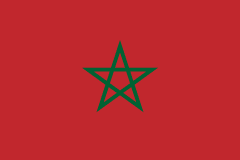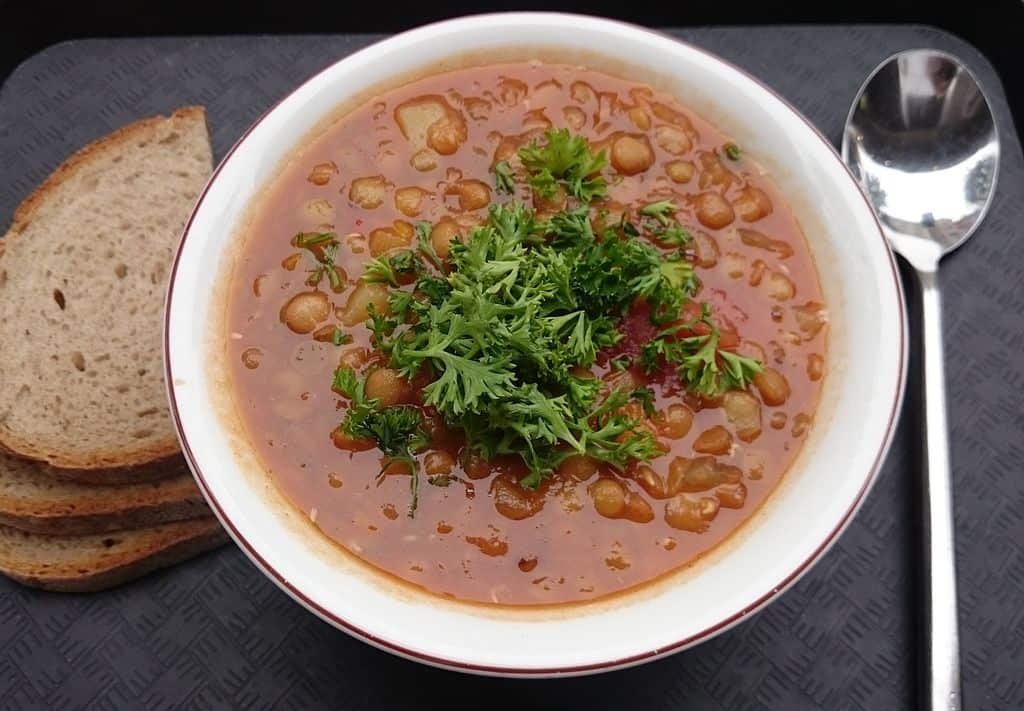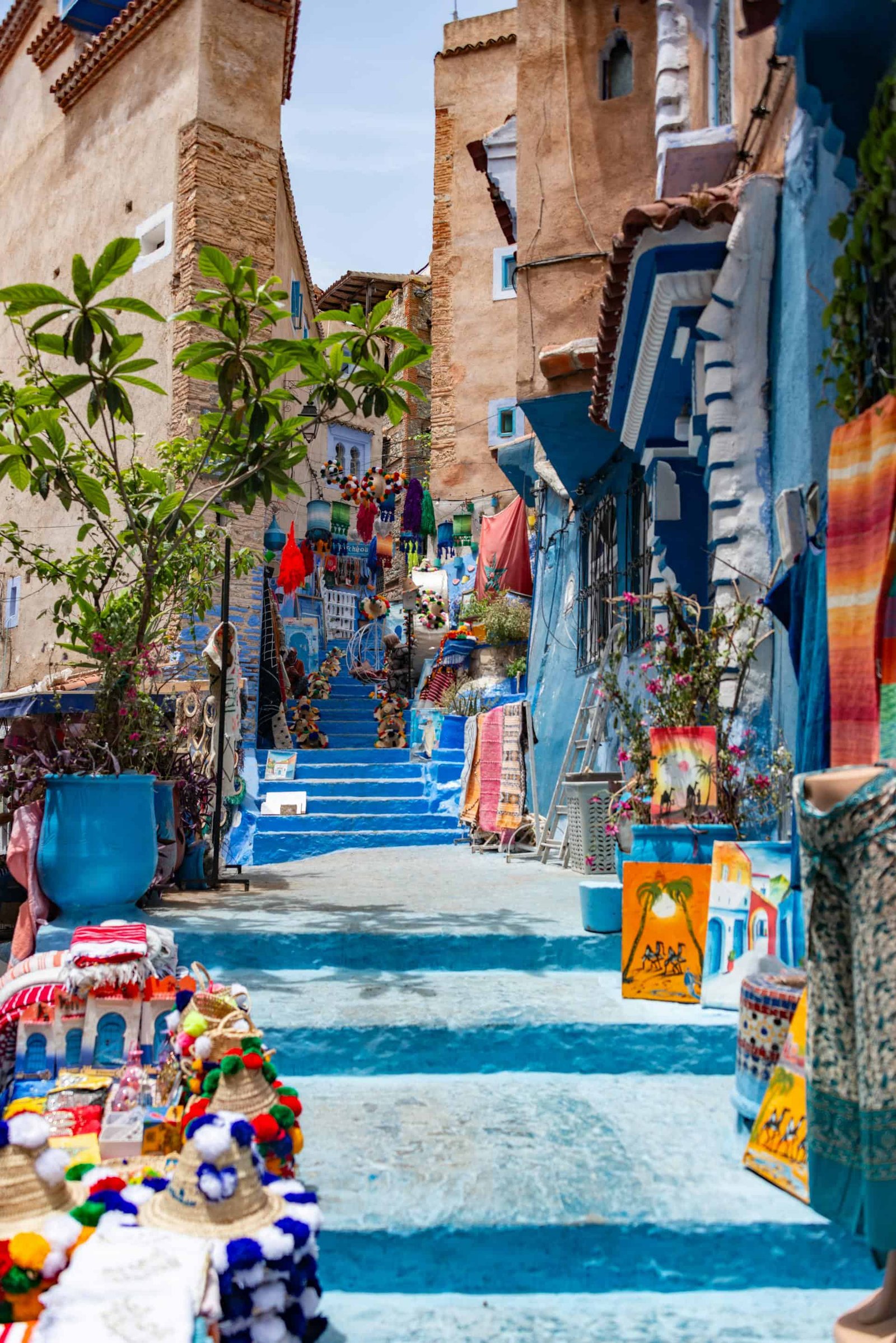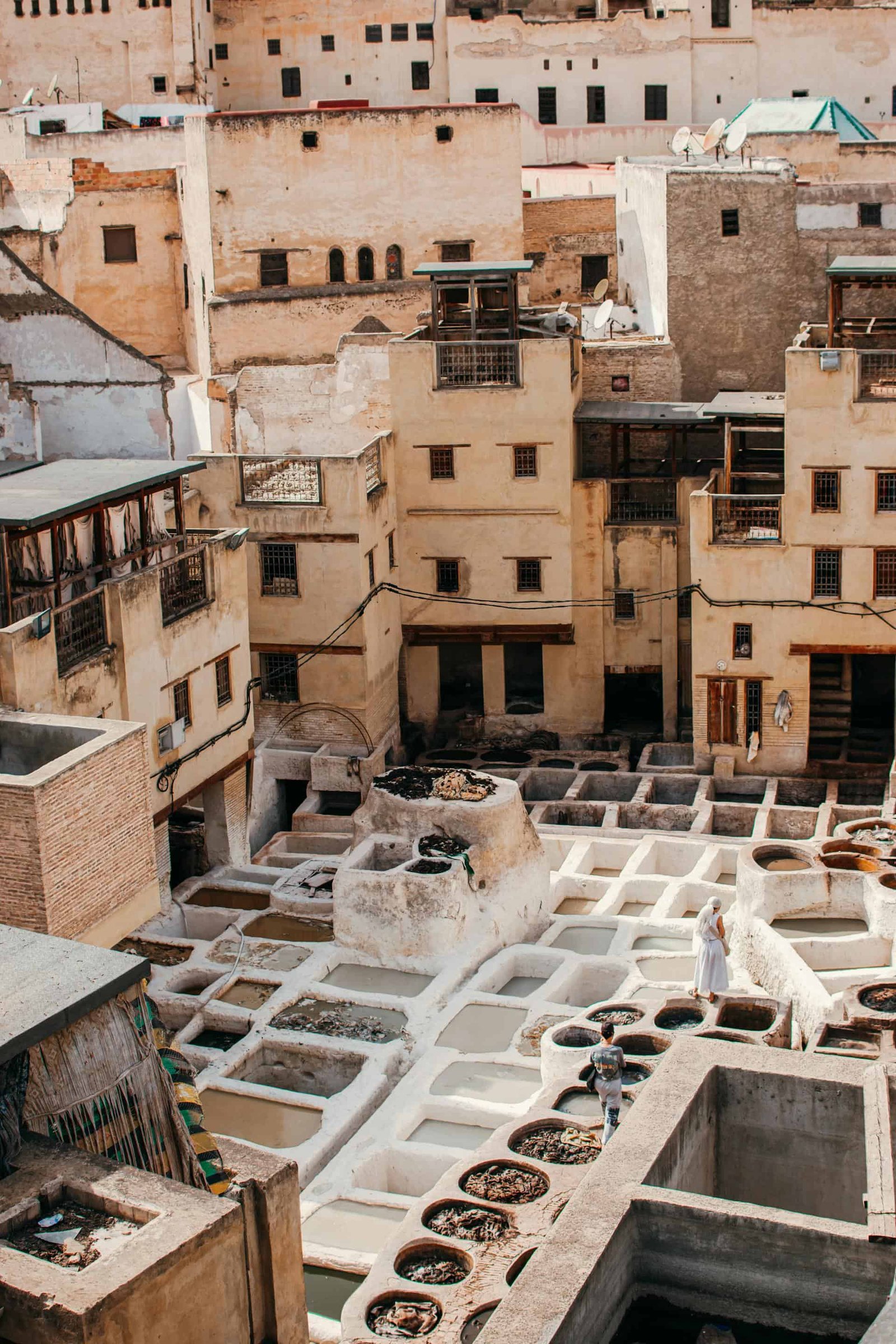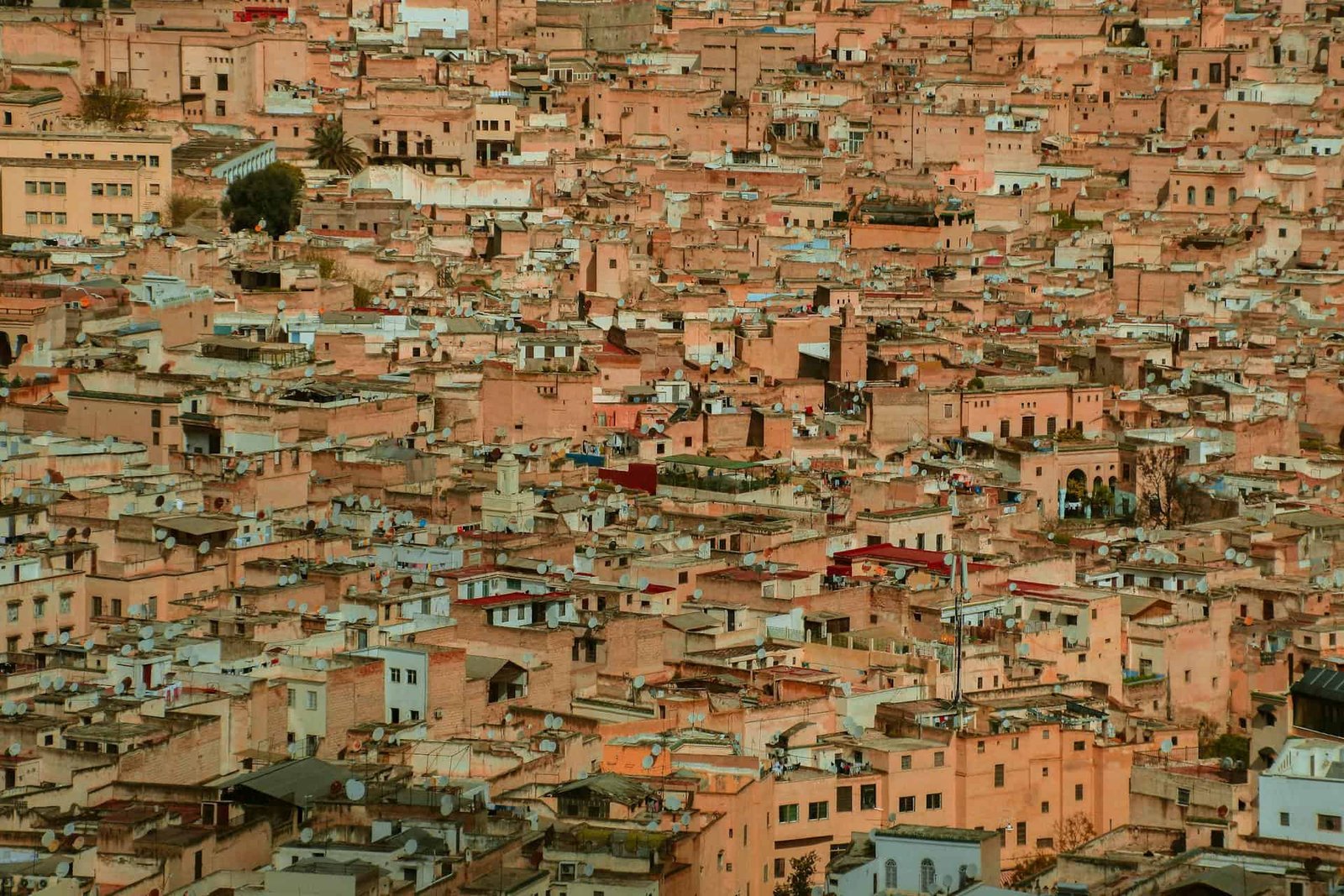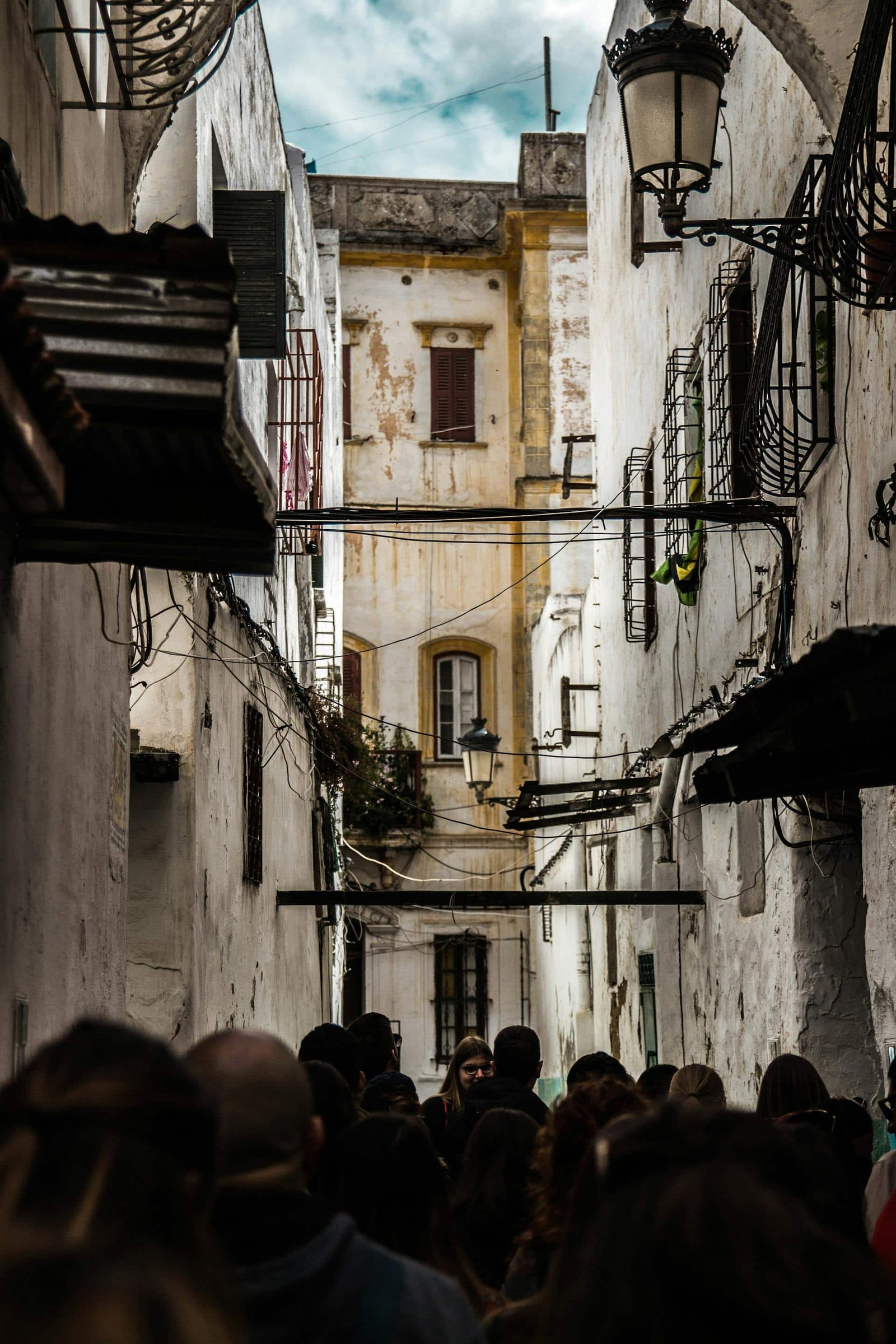
Introduction :
Located in the northwest corner of Africa, Morocco is bordered by the Atlantic Ocean to the west and the Mediterranean Sea to the north. It shares land borders with Algeria to the east and southeast, while the disputed Western Sahara lies to its south. This strategic position has made Morocco a crossroads of African, European, and Middle Eastern influences. Its diverse geography includes the towering Atlas Mountains, the vast expanse of the Sahara Desert, and fertile coastal plains that sustain agriculture and bustling cities. The country is administratively divided into several regions, each presenting unique cultural and natural features. The coastal city of Casablanca, Morocco's largest city, serves as a key economic hub and is home to the iconic Hassan II Mosque, which boasts one of the world's tallest minarets. Marrakech, located near the foothills of the Atlas Mountains, is famed for its historic medina and souks, while other coastal cities such as Tangier and Essaouira have played significant historical roles in maritime trade and cultural exchange. Morocco's history stretches back thousands of years, with early settlements by the Berbers, followed by the influence of Phoenicians, Romans, and later Islamic dynasties. During the medieval period, the Almoravid and Almohad dynasties established Morocco as a center of Islamic scholarship and culture, with their influence reaching as far as Spain. As a French and Spanish protectorate in the 20th century, Morocco experienced a unique blend of European and local influences before gaining independence in 1956. Today, it is a nation that balances its rich historical legacy with a modern outlook, visible in its evolving cities, architectural landmarks, and thriving artisanal traditions.
Top Places to Visit:
Chefchaouen

Chefchaouen, located in the Rif Mountains of northern Morocco, is approximately 120 km southeast of Tangier and about 200 km north of Fes. Only an hour and half of drive from Tetouan, the city is nestled in a valley, surrounded by rugged mountain landscapes that add to its charm and appeal. Known as the “Blue City”, Chefchaouen is famed for its distinctive blue-washed buildings and streets, creating a serene and picturesque atmosphere. Historically, Chefchaouen was founded in 1471 as a military outpost by Moulay Ali Ben Moussa. Over time, the city grew as a haven for refugees, particularly during the Spanish Inquisition. Its cultural influences are a mix of Arab, Berber, and Andalusian traditions, which are reflected in its architecture, markets, and local crafts. Chefchaouen is accessible via the nearest airports in Tangier and Fes, both offering flights to major cities in Morocco and abroad. The city's population is relatively small, but the steady influx of tourists can cause some congestion, especially in the medina and popular tourist spots. Key points of interest include the charming medina, the local markets, and the nearby hiking trails in the Rif Mountains, which offer access to hidden waterfalls and scenic vistas. The city is also known for its handicrafts, such as woven textiles and painted ceramics, making it a great destination for those looking to take home unique souvenirs.
Fes

Fes, Morocco’s cultural capital, is renowned for its historic medina, a UNESCO World Heritage site filled with narrow, winding alleys, ancient mosques, and animated souks showcasing real traditional crafts. The city is home to Al Quaraouiyine University, one of the world’s oldest learning institutions, where scholars have gathered for centuries. Visitors can explore the tanneries, where leather is dyed using age-old techniques, and admire intricate medieval architecture that reflects the city’s rich Islamic and Moroccan heritage. Key highlights include the Bou Inania Madrasa, a masterpiece of Mamluk design, and the historic Nejjarine Museum of Wooden Arts and Crafts. The medina of Fes provides a fascinating journey into Morocco’s past and cultural roots. This city’s timeless charm lies in its fusion of heritage, artistry, and an atmosphere that transports visitors back through centuries of history. Fes is easily accessible from Rabat, located around 200 km to the west. Travelers can take a bus or train, both of which provide direct routes between the two cities. The train journey takes approximately 3 to 3.5 hours, while buses offer similar travel times, making Fes a convenient destination for those visiting from Morocco’s capital city.
Essaouira

Essaouira, located on Morocco’s Atlantic coast, is a city known for its historic medina and coastal beauty. The city’s medina, a UNESCO World Heritage site, features narrow streets lined with artisan shops, local markets, and galleries. Visitors can explore the port, enjoy fresh seafood, or try windsurfing on the sandy beaches. Essaouira is around 175 km west of Marrakech, making it easily accessible by bus or car, with travel times of approximately 2.5 to 3 hours. The city’s relaxed atmosphere, combined with its rich history and arts scene, makes it a popular destination for both artists and travelers seeking inspiration and tranquility, a good escape from the more busy Marrakech.
Merzouga

Merzouga, located on the edge of the Sahara Desert in southeastern Morocco, is known for its vast sand dunes and desert landscapes. Situated approximately 560 km from Marrakech and 200 km from Erfoud, Merzouga offers authentic desert experiences such as camel trekking, overnight camping in traditional Berber tents, and stargazing under clear skies. The golden dunes of Erg Chebbi create a unique environment for adventure seekers and photographers. As the gateway to Morocco’s Sahara, Merzouga provides an immersive experience of the desert’s natural beauty and serene atmosphere. The city is accessible by road, where bus and organized tours provide a direct way to the small town of Merzouga.
Rabat

Rabat, located along Morocco’s Atlantic coast, serves as the country’s capital. The city is approximately 90 km north of Casablanca and around 300 km west of Fes. Rabat is home to several key historical and cultural landmarks, including the Kasbah of the Udayas, a UNESCO World Heritage site giving mesmerizing views of the Atlantic Ocean. The Hassan Tower, a 12th-century minaret, and the Mausoleum of Mohammed V, an architectural gem, further highlight the city's rich heritage. Rabat is accessible by train, buses or flights from other major cities like Marrakech, Casablanca and Fes, making it easy for visitors to reach. The city also features clean beaches, tree-lined boulevards, and tranquil gardens, proffering both historical exploration and relaxation opportunities.
Tetouan

Tetouan, often called “The White Dove”, located in northern Morocco near the Mediterranean Sea, is approximately 60 km from Tangier and 15 km from the Mediterranean coast. The city is known for its rich Andalusian heritage, with a well-preserved medina that is a UNESCO World Heritage site. Tetouan’s architecture reflects Spanish and Arab influences, which are evident in its narrow alleys, souks, and historical buildings. The Rif Mountains provide a scenic backdrop, Chefchaouen being only 60 kilometers south from it, and the proximity to Mediterranean beaches offers both cultural and coastal experiences. Tetouan is easily accessible from Tangier by bus and train, or by Chefchaouen with bus. The city is also home to art museums and traditional markets, offering visitors a share of history, culture, and natural beauty.
Casablanca

Casablanca, located on Morocco’s Atlantic coast, is the country’s largest and most cosmopolitan city. It is approximately 85 km southwest of Rabat, Morocco’s capital. Known for its modern vibe and impressive architecture, Casablanca is home to the iconic Hassan II Mosque, one of the largest and most magnificent in the world. Situated along the Atlantic Ocean, its towering minaret is visible from miles away. The city also boasts a thriving arts scene, with galleries, theaters, and contemporary street art. For shopping and nightlife, Casablanca offers luxury districts and entertainment options. Visitors can enjoy strolling along the Corniche waterfront promenade, where a fusion of Art Deco and modern designs reflects the city's unique blend of tradition and innovation. Casablanca is well-connected to other major cities, including Rabat and Tangier, through the high-speed Al Boraq train service, making it easily accessible for travelers.
Marrakech & Ouarzazate

Marrakech, the door to the Desert, is located in central Morocco, being one of the country's major cities. It is approximately 240 kilometers from Casablanca and around 580 kilometers from Tangier. The city is easily accessible by air via Menara International Airport, with flights connecting to other Moroccan cities and many international destinations. It is also well-connected by road and train, with buses and trains frequently traveling from Rabat, Casablanca, Agadir and other cities. Historically, Marrakech was founded in 1062 and has served as a significant cultural and political center throughout Morocco’s history. Key landmarks include mosques with Almohadian architecture, and many Palaces known to be masterpieces of Moroccan design. The Jemaa el-Fnaa square, another major site, has historically been a marketplace and remains a bustling center for trade, food, and entertainment at night. Marrakech has a population of over one million people, which contributes to a lively but sometimes crowded city atmosphere, especially in the medina and commercial areas. It can experience heavy traffic congestion, particularly in tourist-heavy seasons, which make it a very polluted city compared to other moroccan cities. The city is also known for the constant need of haggling in order to lower overly prices basic products, while being sometimes subject to harrassments from sellers towards the tourists. The city is known for its historical significance, with several landmarks including the Majorelle Garden and the Saadian Tombs. Tourists can also visit local souks where traditional crafts, spices, and textiles are sold. The combination of these cultural and historical features makes Marrakech a key destination in Morocco for travelers in need to fully experience the life in Morocco. For those wishing to explore further, the nearby Atlas Mountains and the Ouarzazate region, often called the “Gateway to the Sahara”, are easily accessible by road for day trips or overnight visits.
Itineraries:
North Morocco & Rif
- Day of Visit: 5 to 7 days
- Best Season: All Year
- Keywords: Medina, Art, History, Mosque, Nature, Valley, Rif, UNESCO World Heritage, Religion, Beach
Fes

-
Medina of Fes:
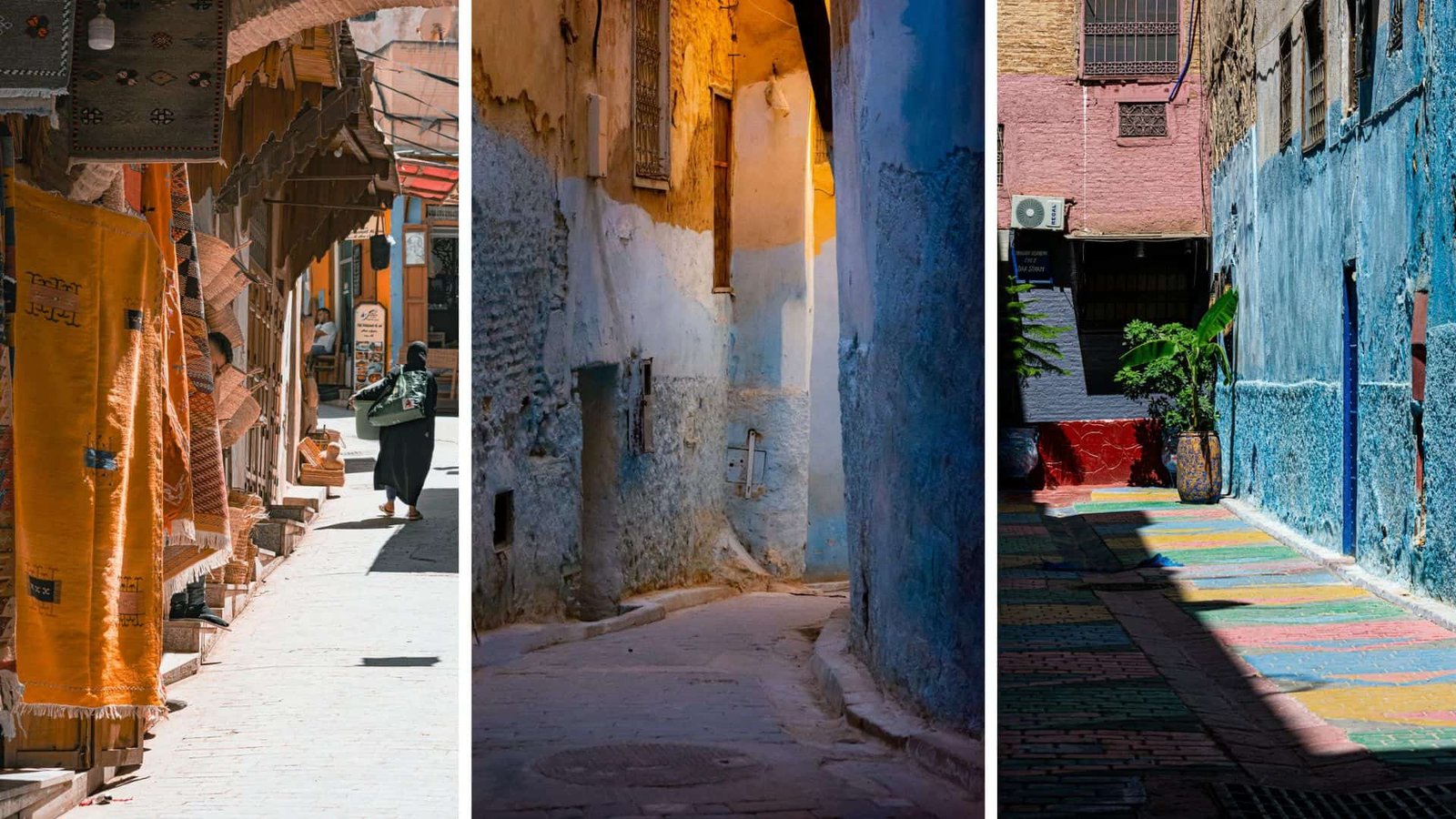
Jean Marc Bonnel , Jean Marc Bonnel , Jean Marc Bonnel (Pexels) -
Al Quaraouiyine University:
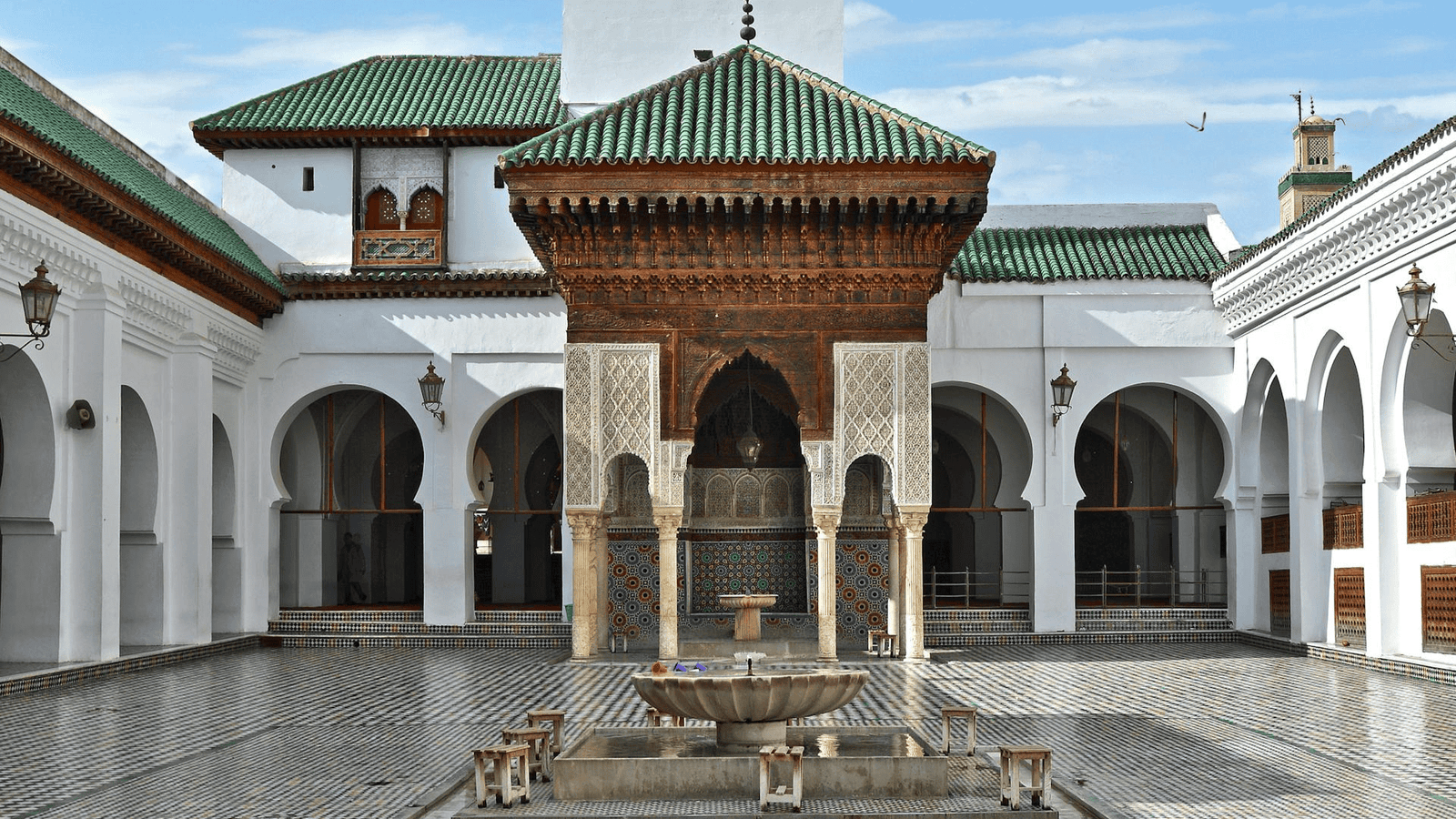
Moussa Idrissi (Pexels) -
Chouara Tannery:
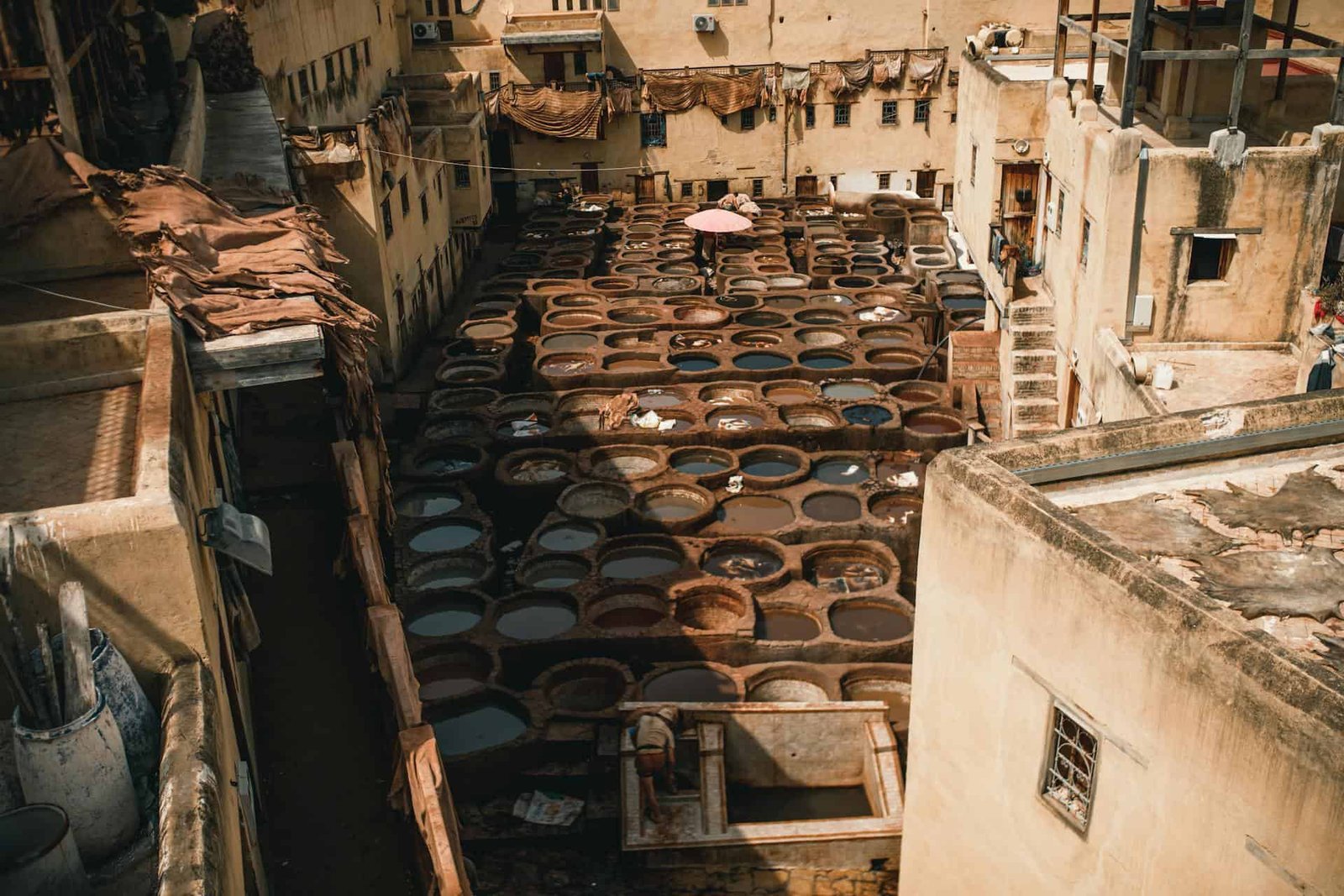
Yusuf Rovcanin (Pexels)
Meknes

-
Volubilis:
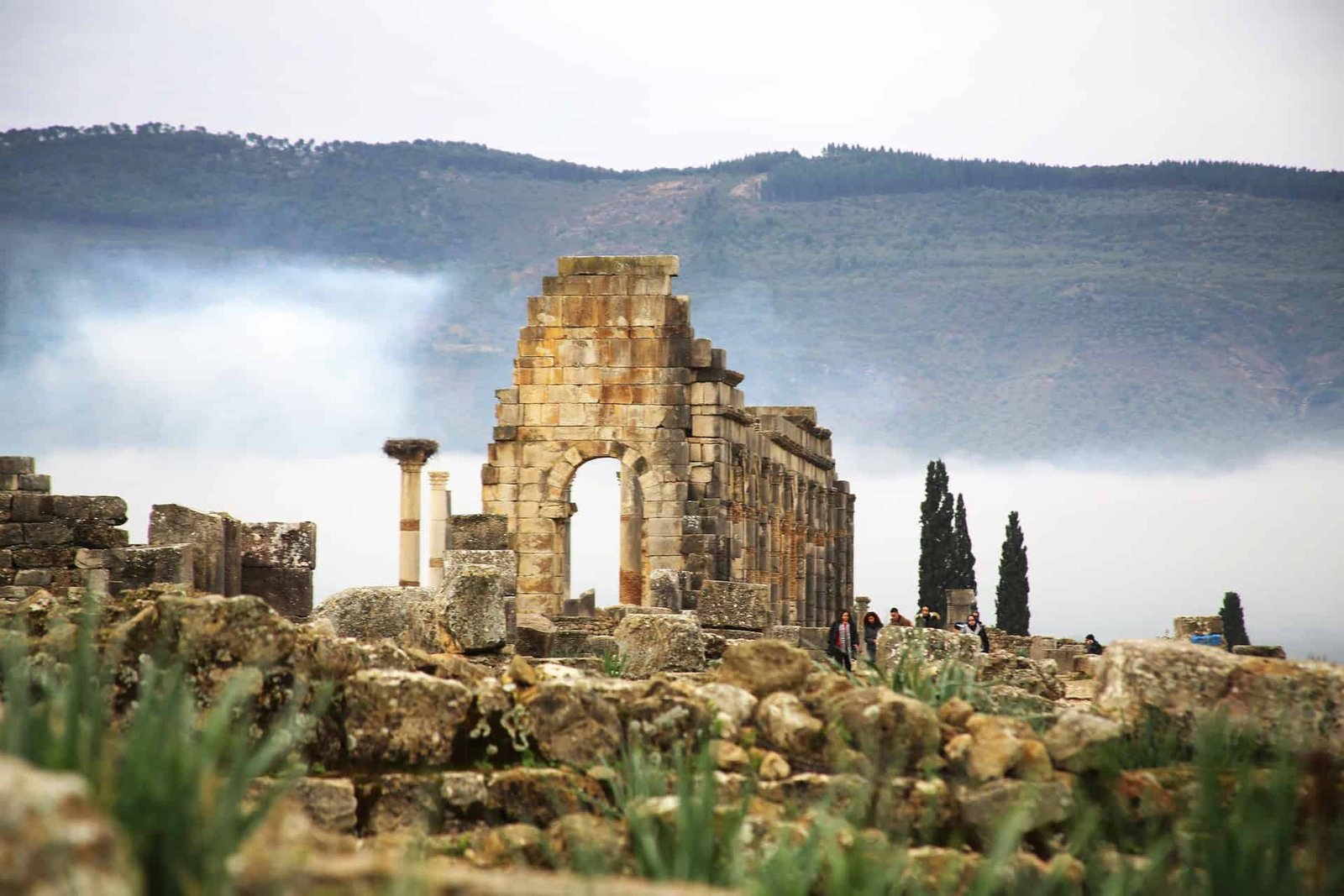
Adam Benaabidate (Pixabay) -
Heri es-Souani:
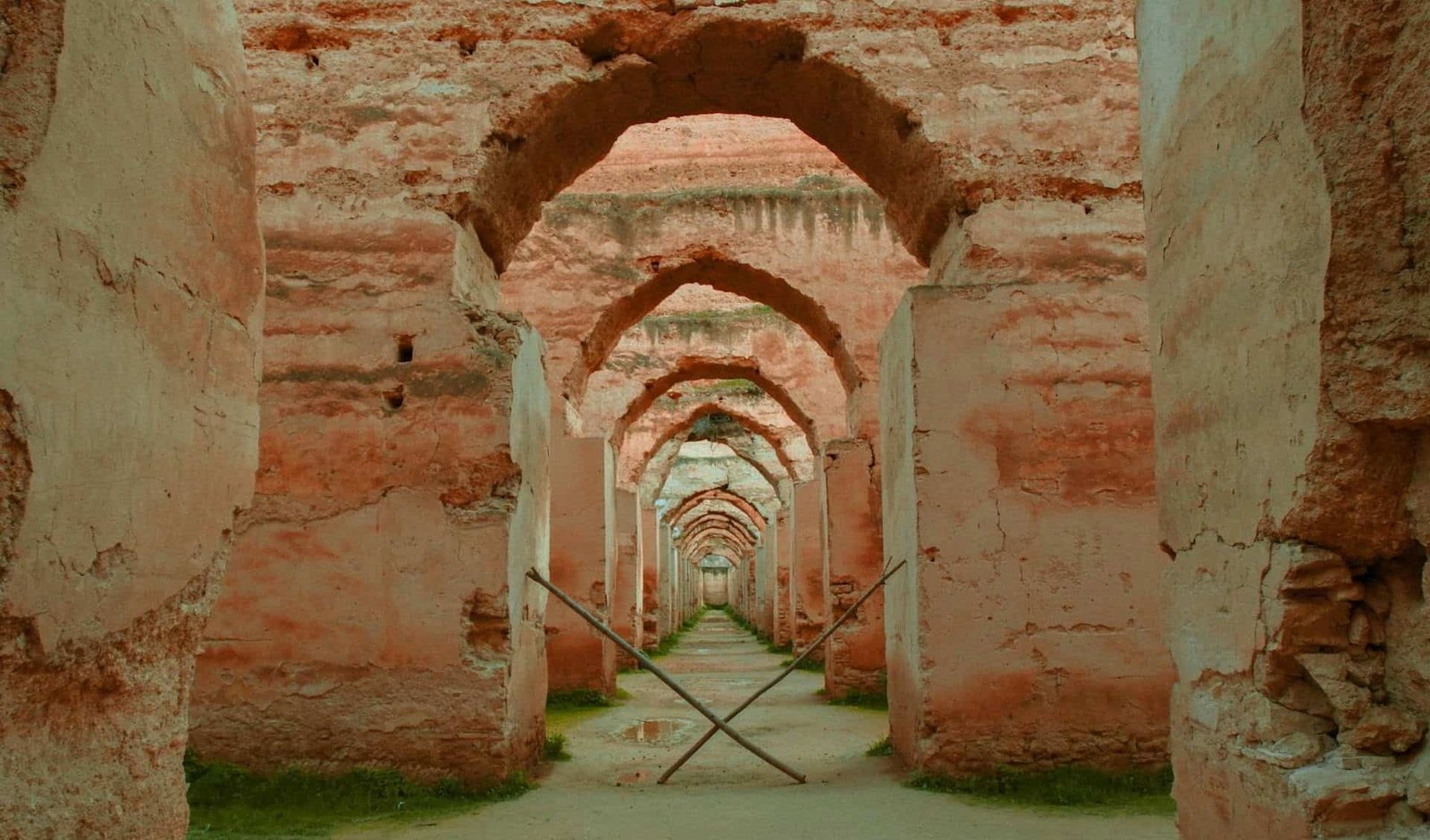
Andre Manuel (Pexels) -
El Hedim Square:
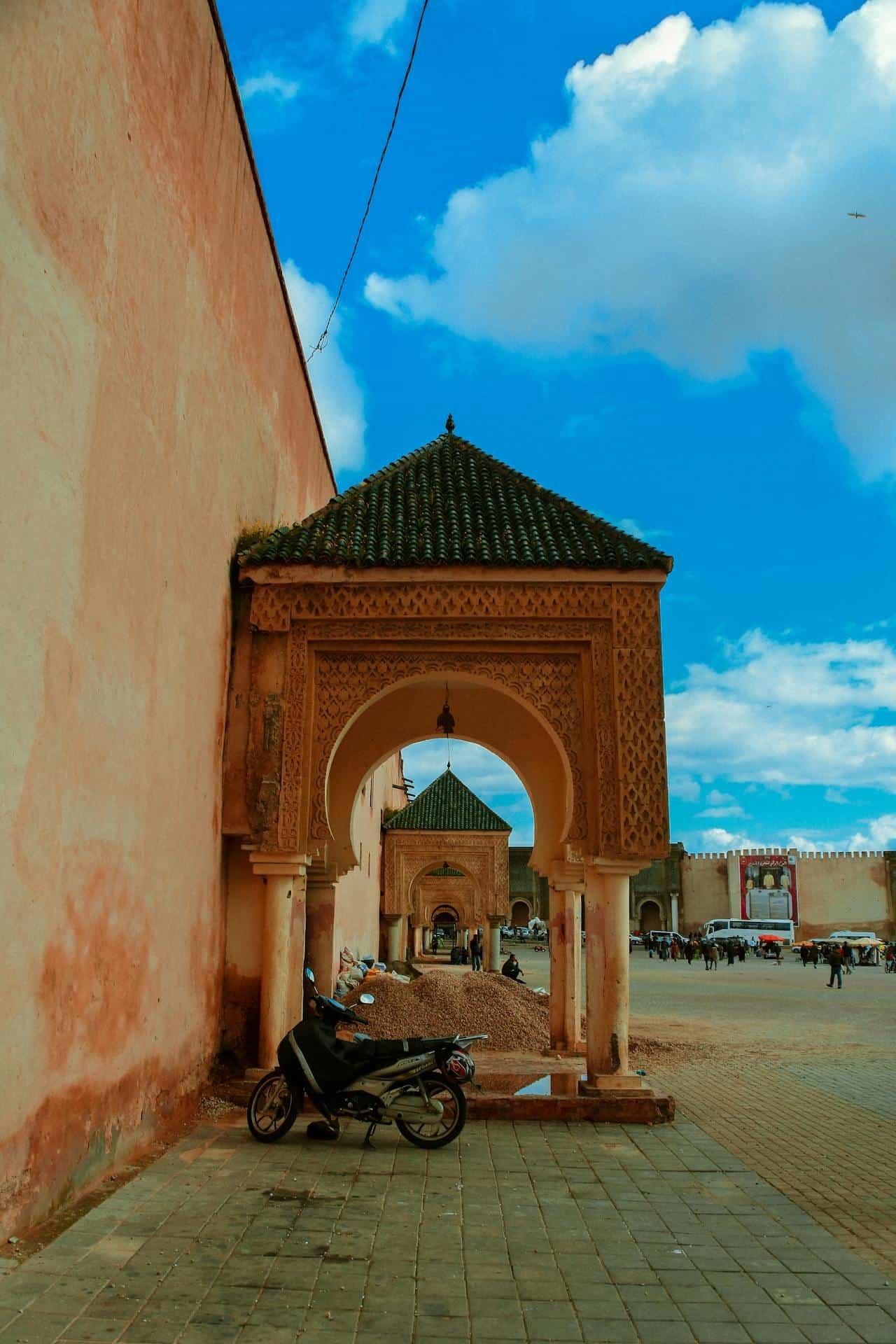
Andre Manuel (Pexels) -
Bab Mansour:
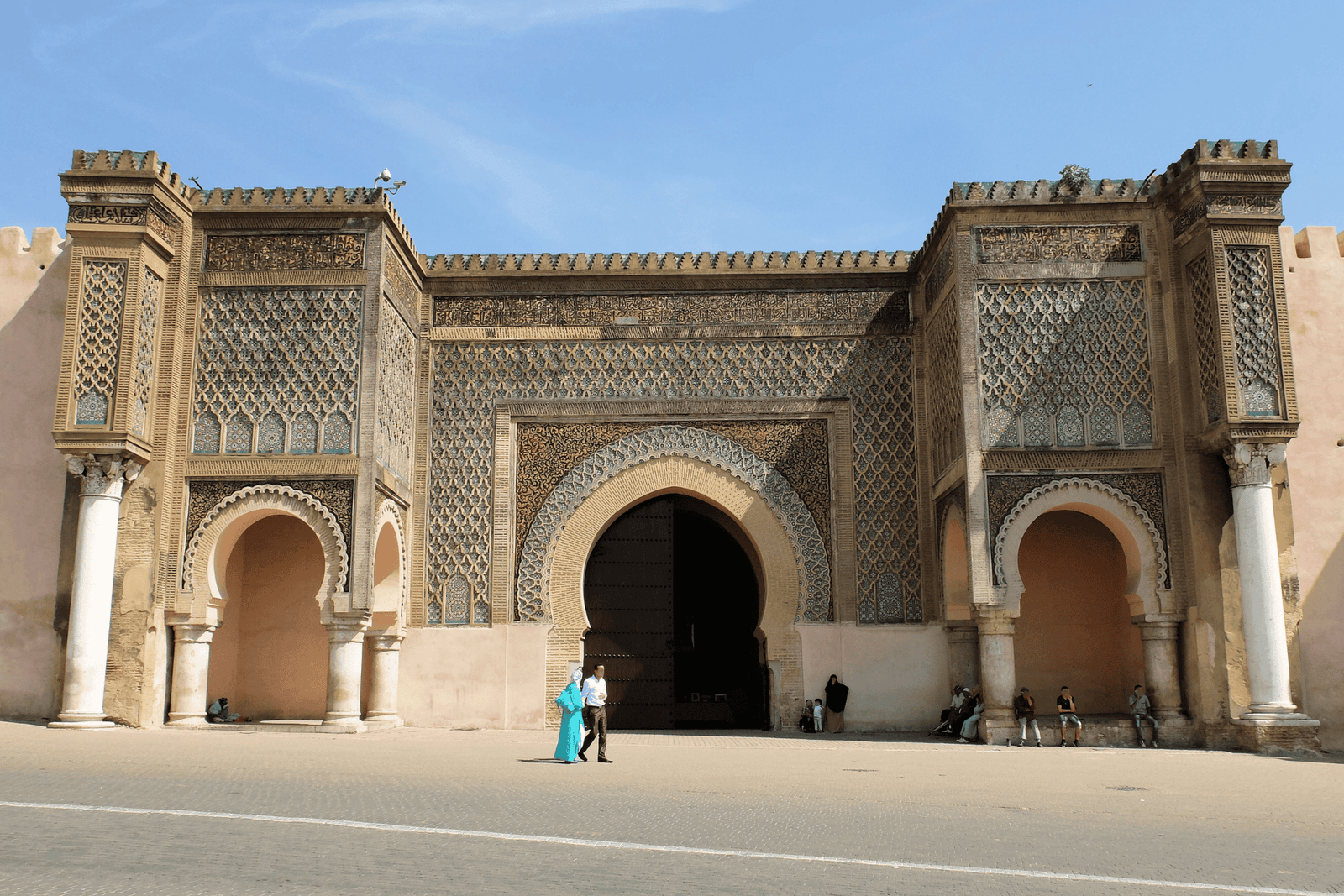
Robert Prazeres (Wikimedia Commons) - Modified - CC BY-SA 4.0
Chefchaouen

-
Blue Medina:
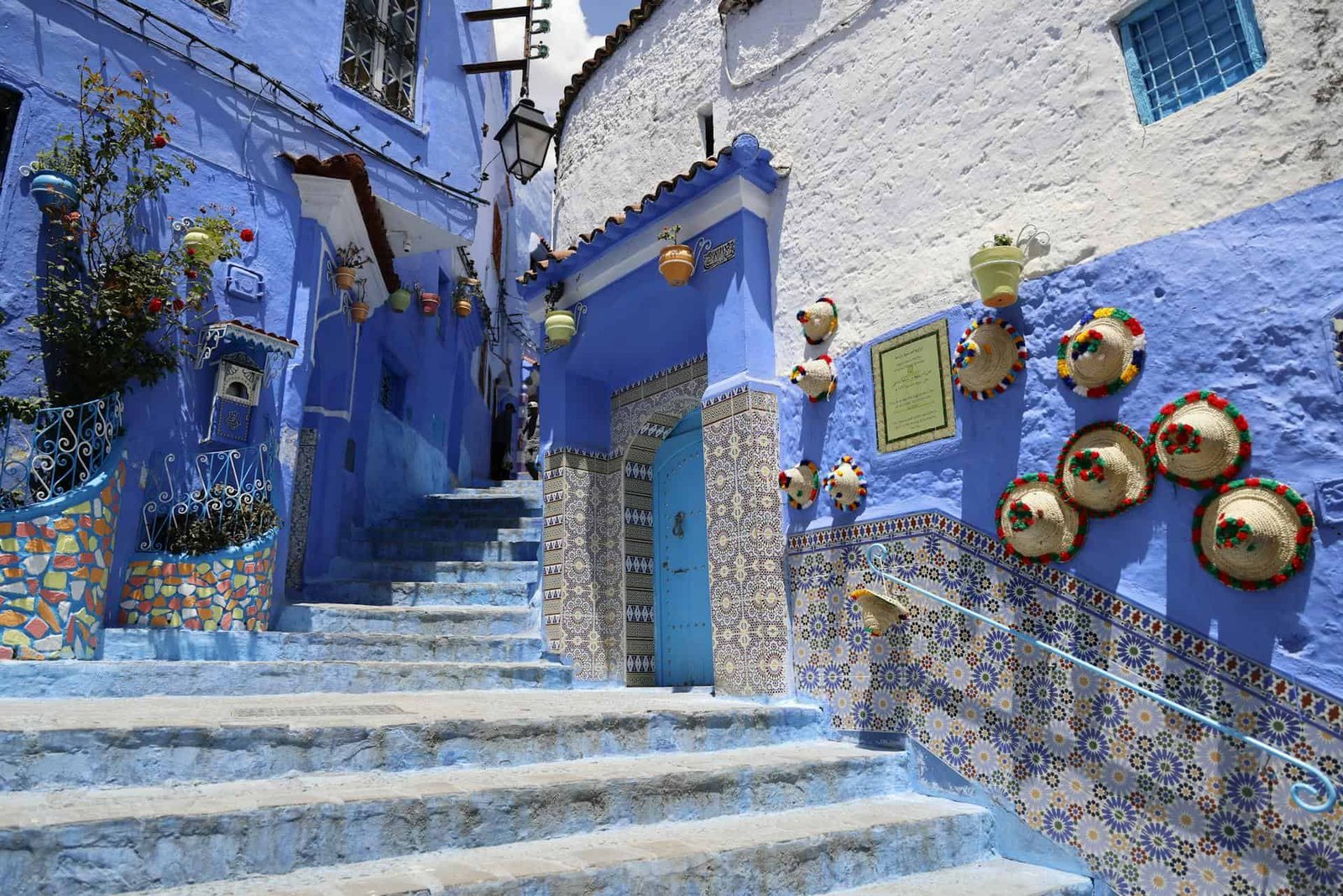
Christophe Rascle (Pexels) -
Ras El Maa:
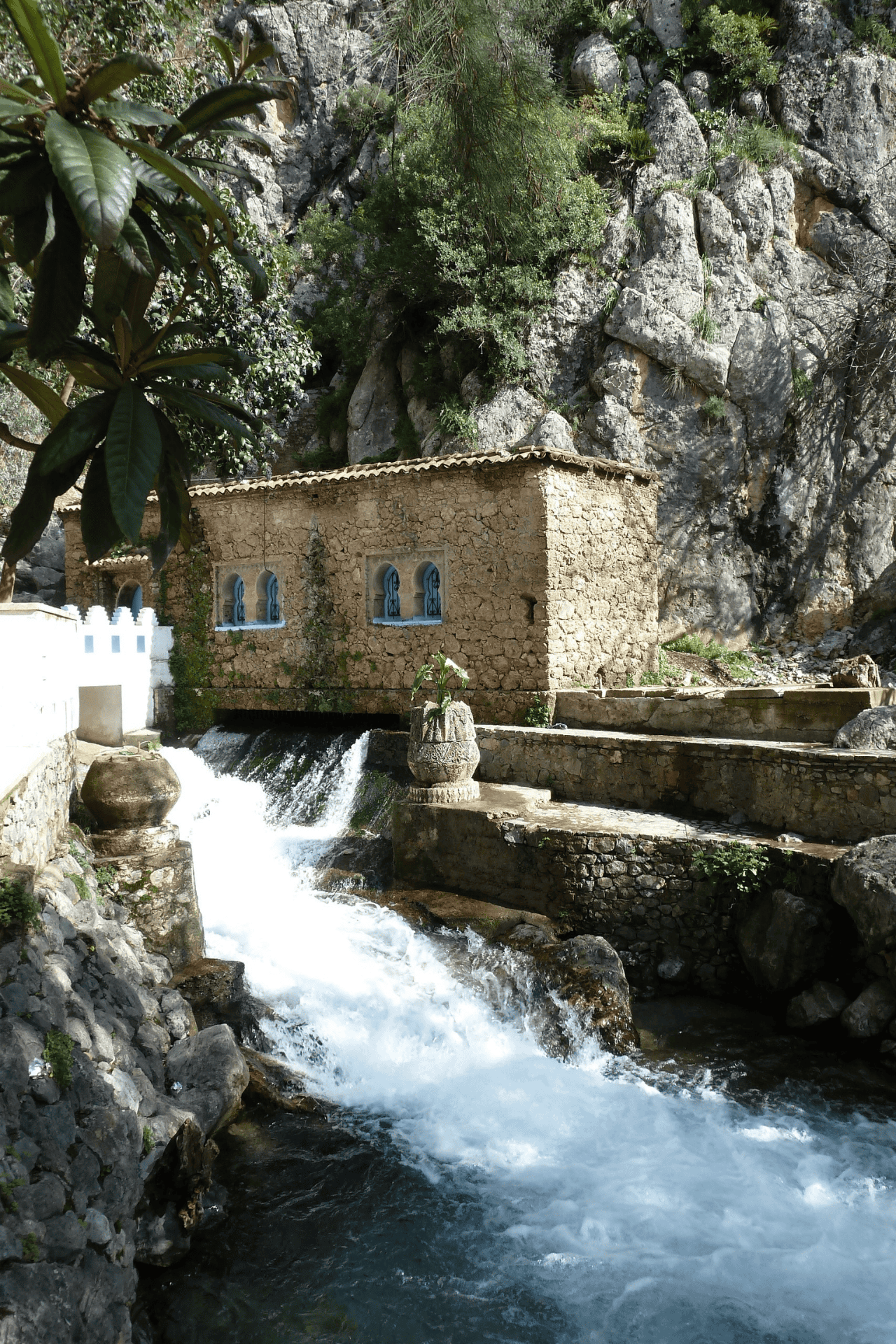
Yotut (Wikimedia Commons) - Modified - CC BY-SA 2.0 -
Akchour Waterfalls:
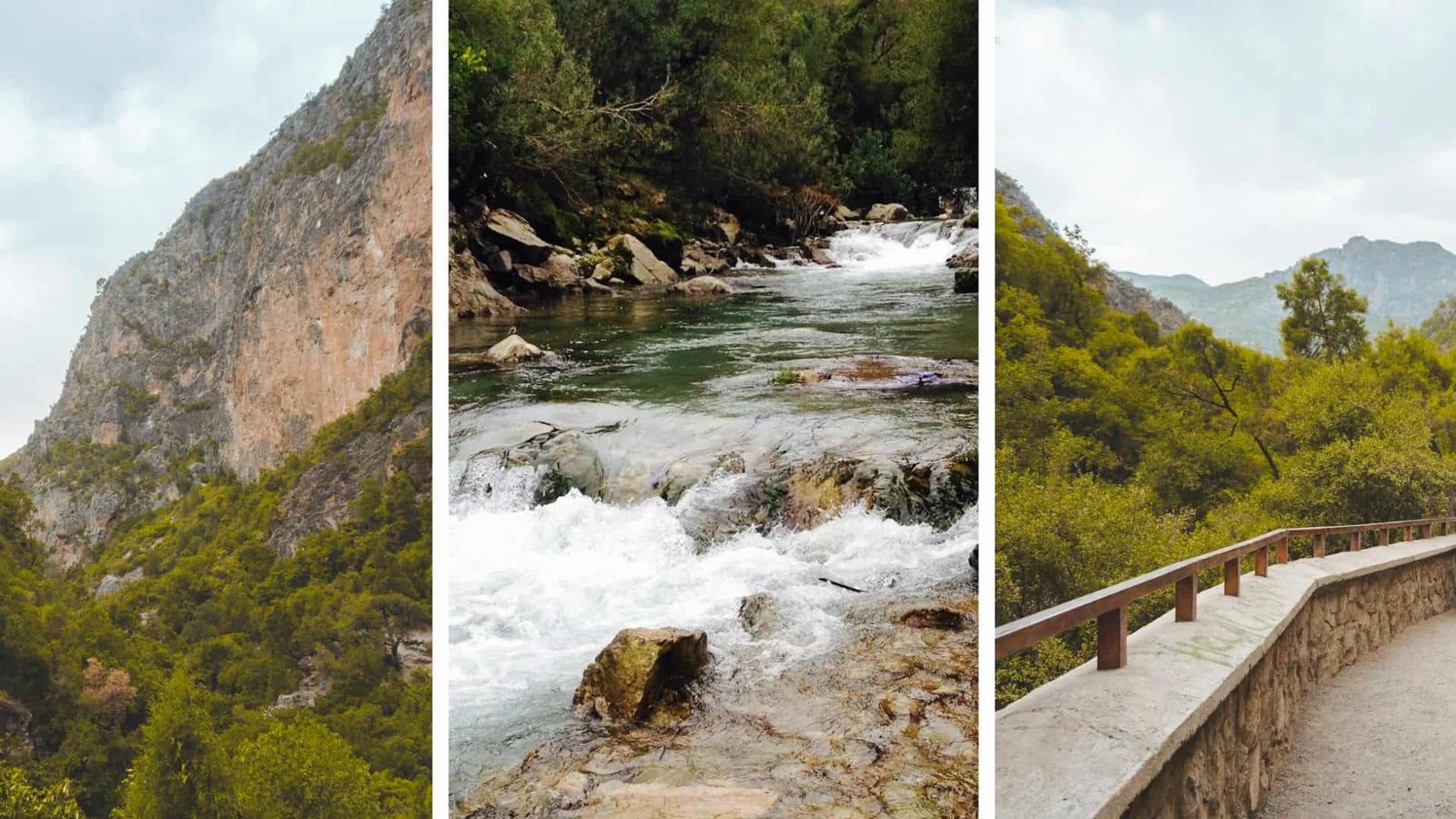
Hassan Ouajbir , Youssef Hb , Hassan Ouajbir (Pexels) -
Talassemtane National Park:
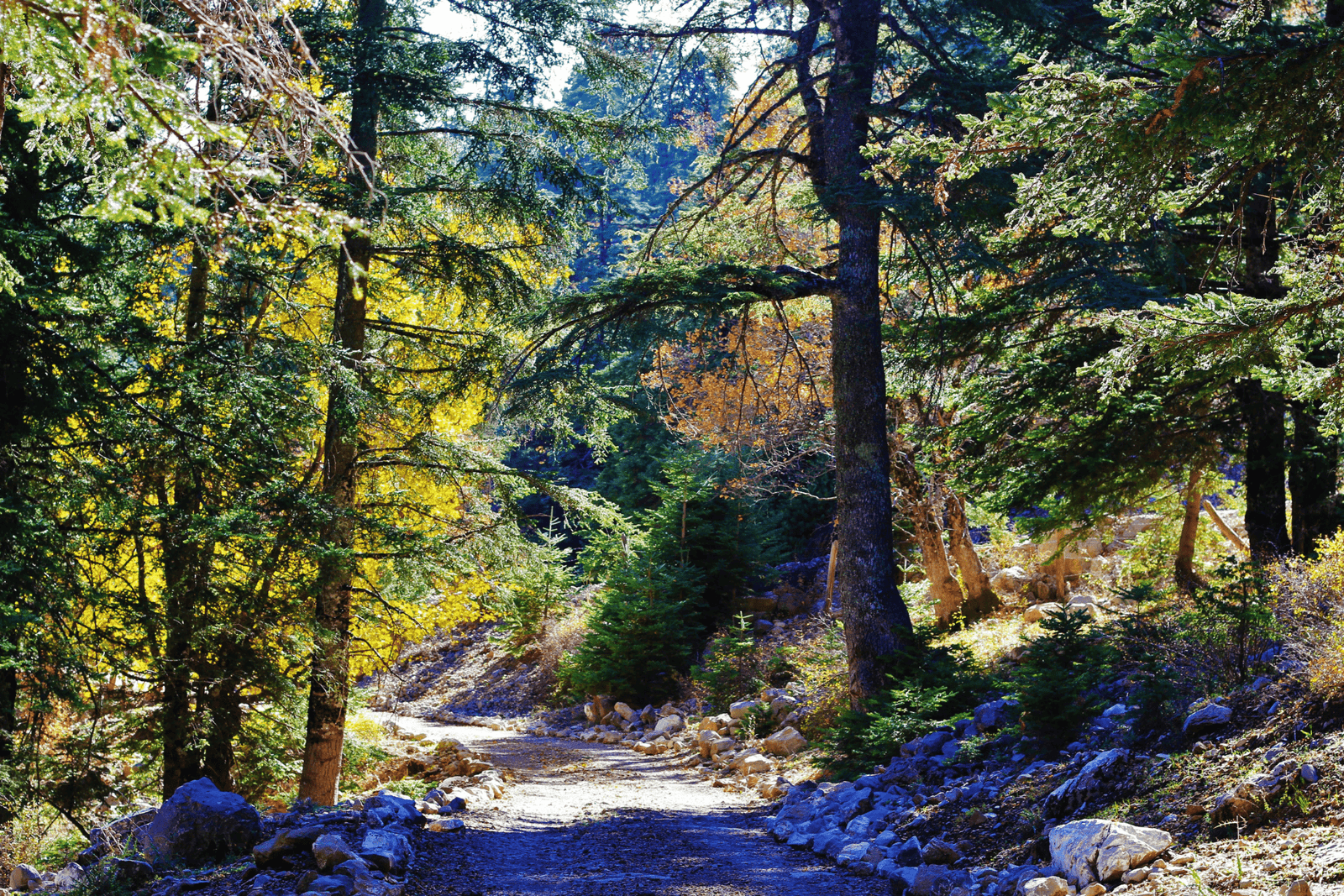
Tahamaaroufi (Wikimedia Commons) - Modified - CC BY-SA 4.0
Tetouan
-
Medina of Tetouan:
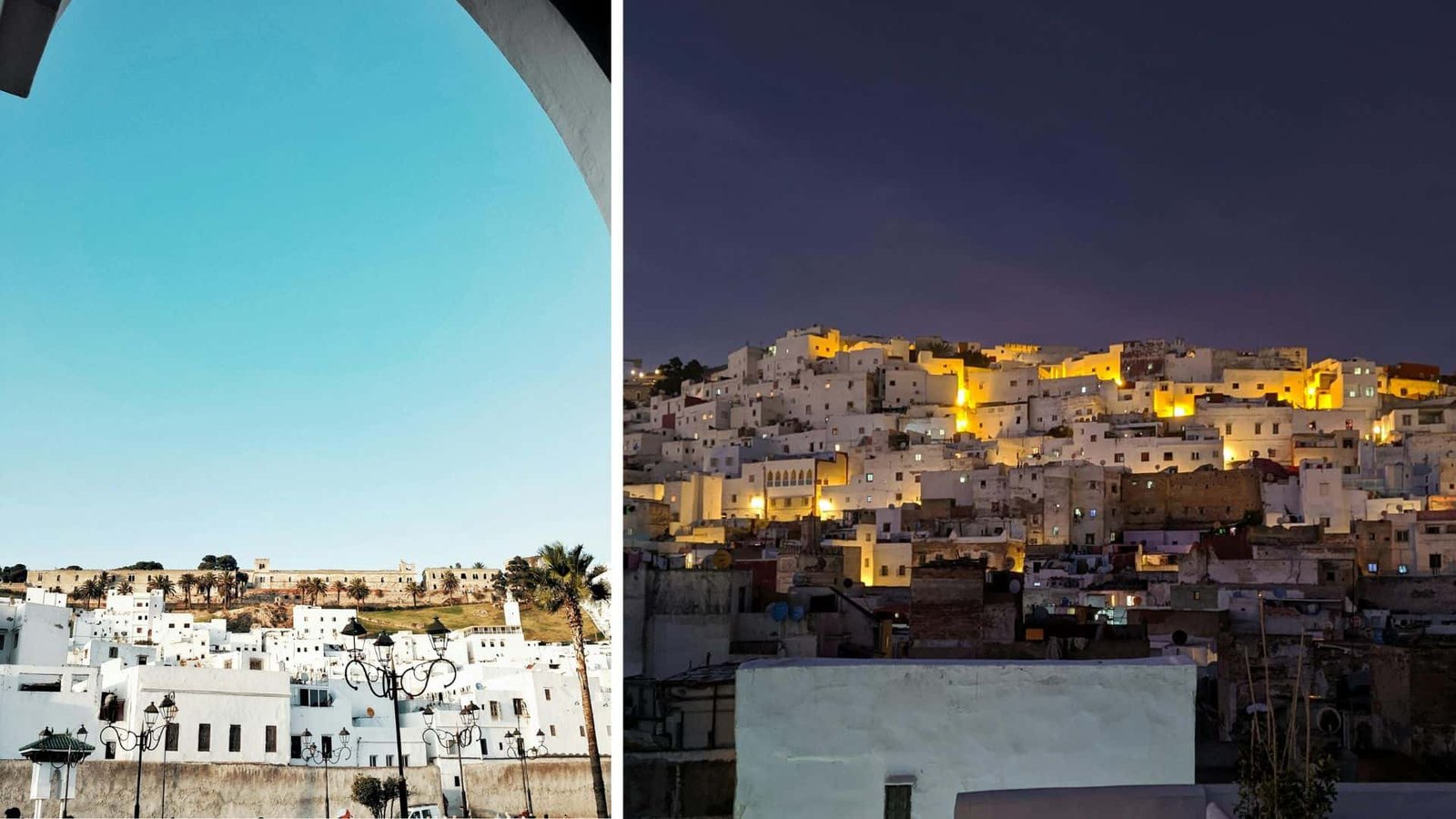
Nieroshots , Nieroshots (Pexels) -
Parc Feddan:
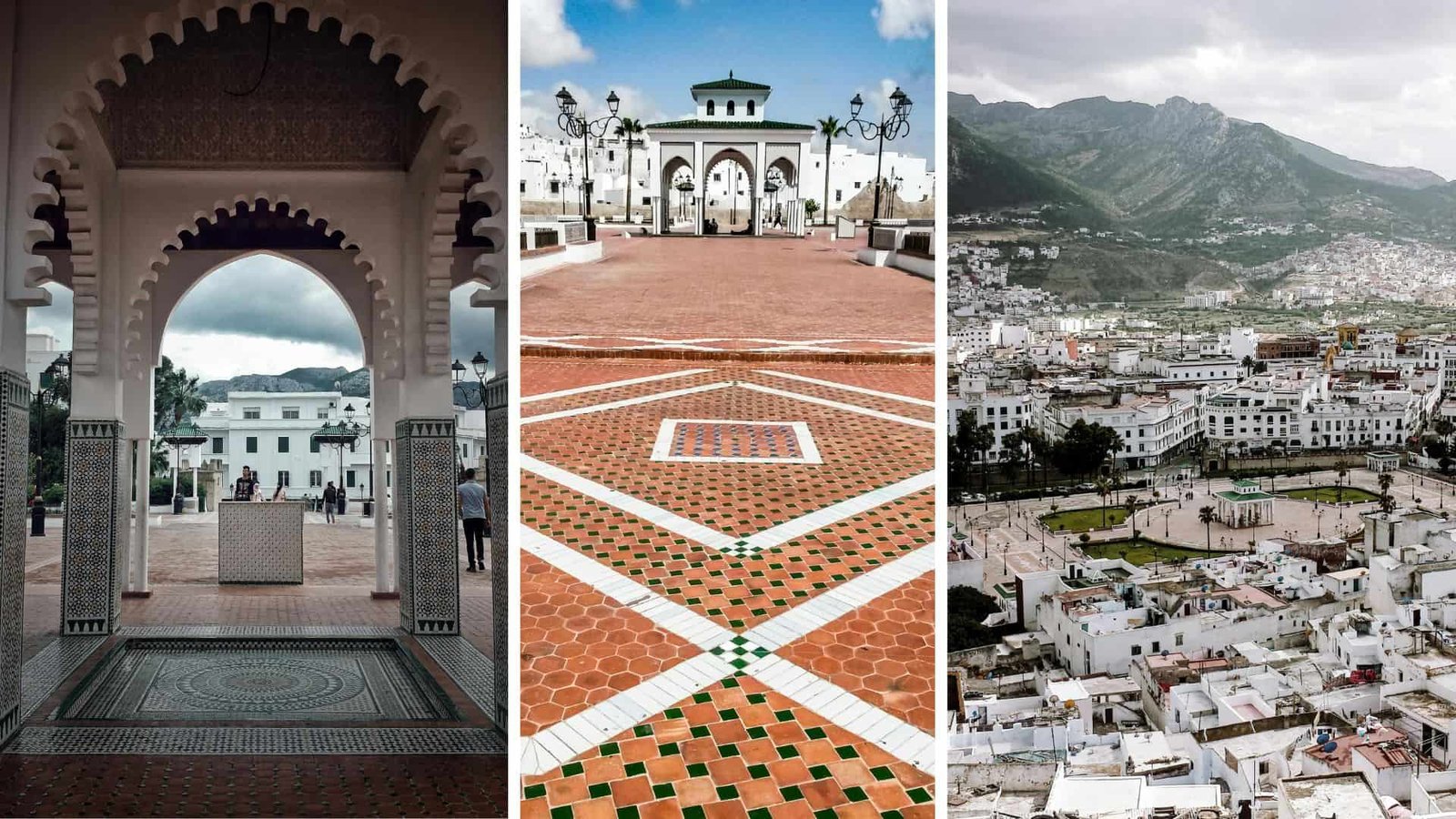
Nieroshots , Nieroshots , Nieroshots (Pexels) -
Place Moulay El Mehdi and Michouar's Square:
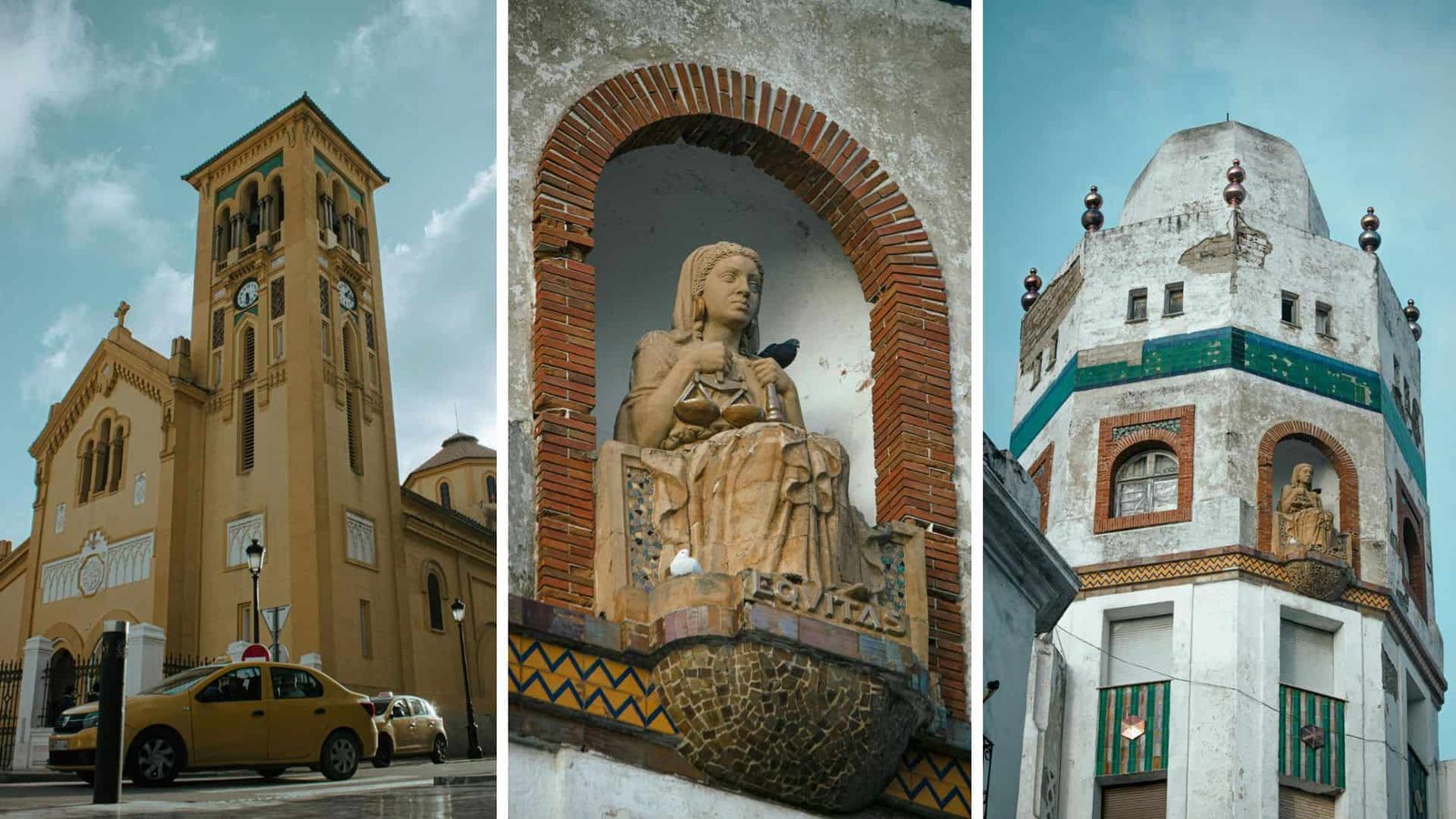
Abdelhak Elghali , Abdelhak Elghali , Abdelhak Elghali (Pexels) -
Beaches of Martil & Cabo Negro:
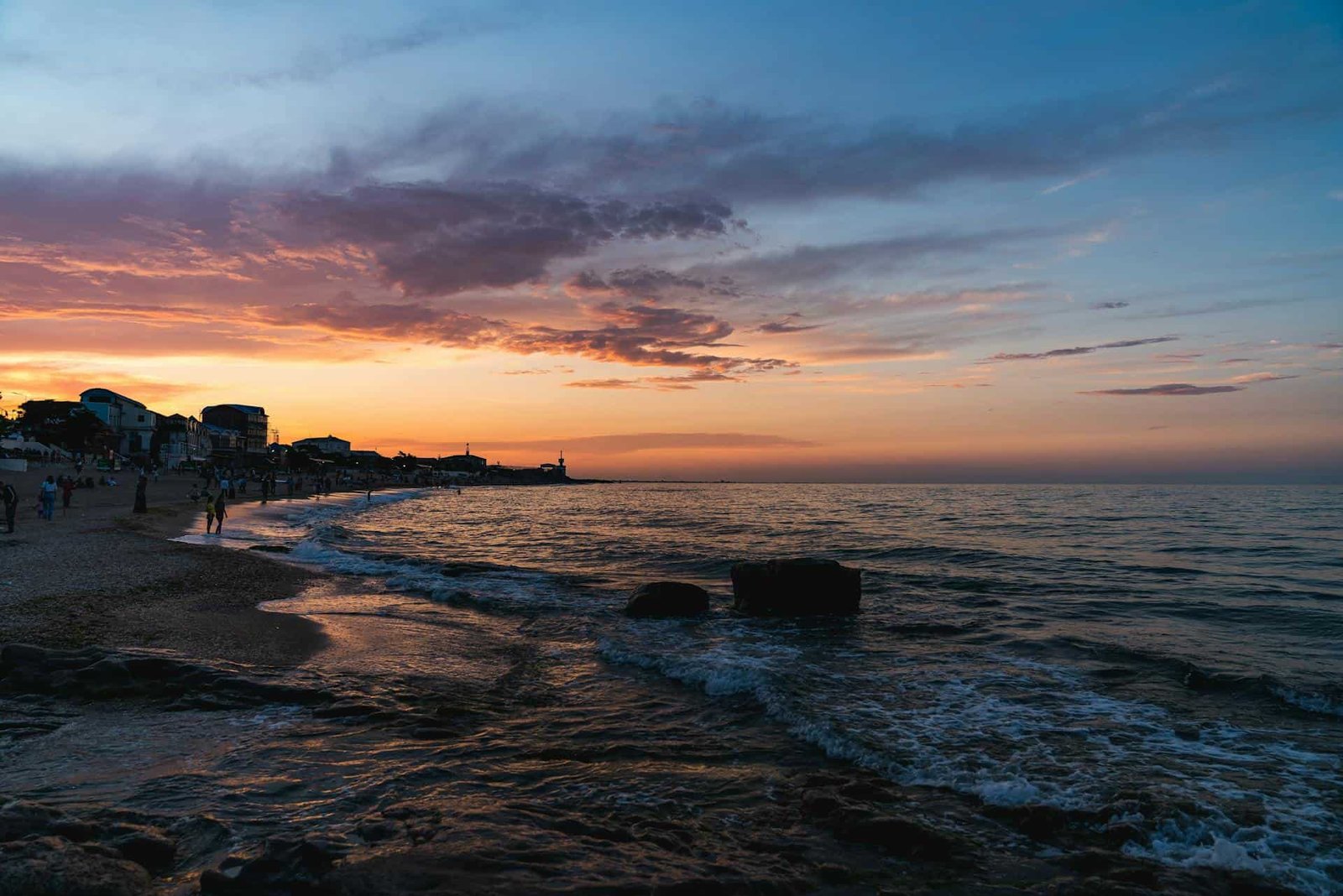
Mounir Ali Ouadar (Pexels) - Ethnographic Museum:
- Tamuda Archaeological Site:
Northern Coastal Morocco
- Day of Visit: 7 days
- Best Season: All Year
- Keywords: Museum, Medina, Art, History, Mosque, Beach
Tangier

-
Cape Spartel & Plage Achakar:
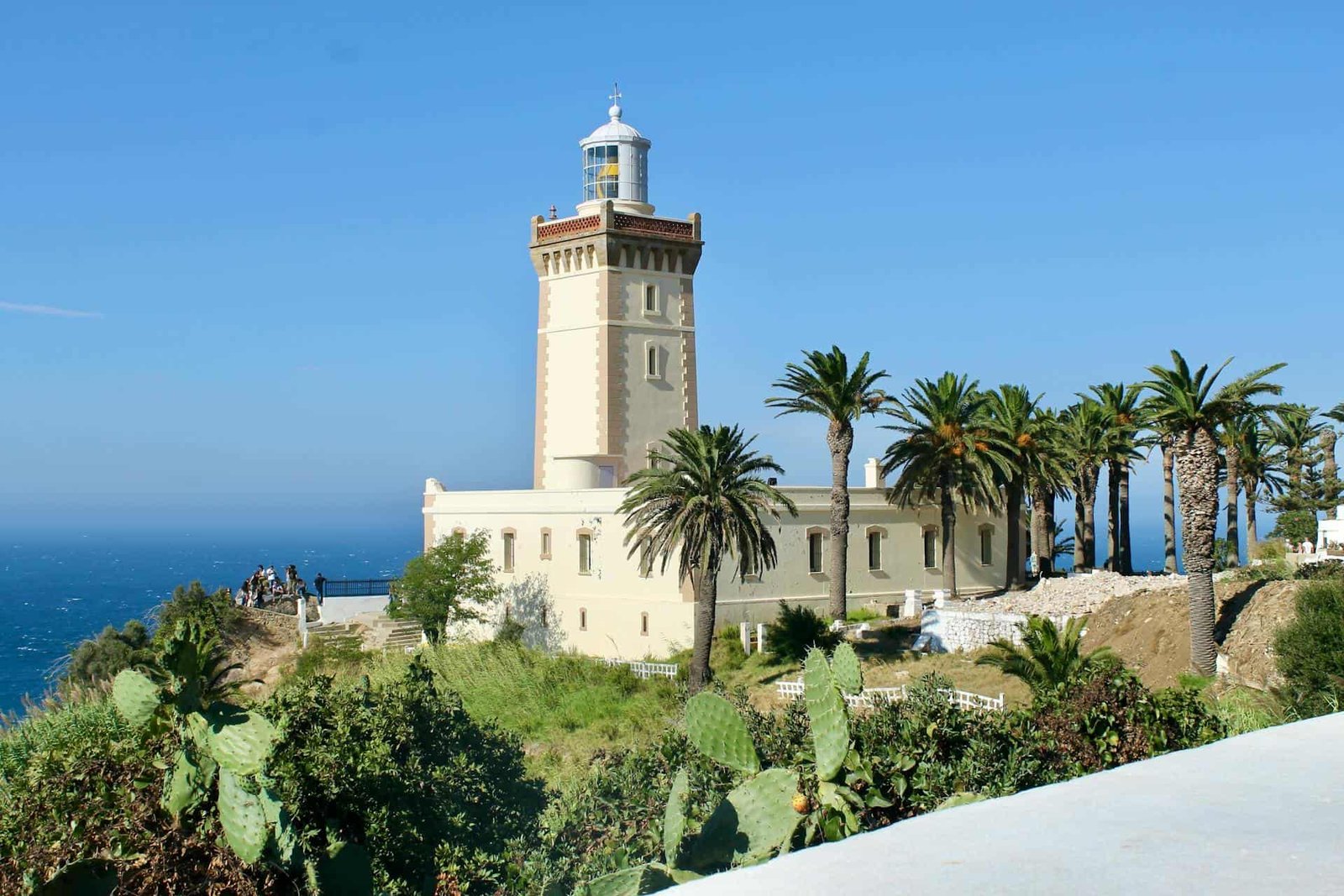
Pole Oluline (Pexels) -
Great Mosque of Tangier:
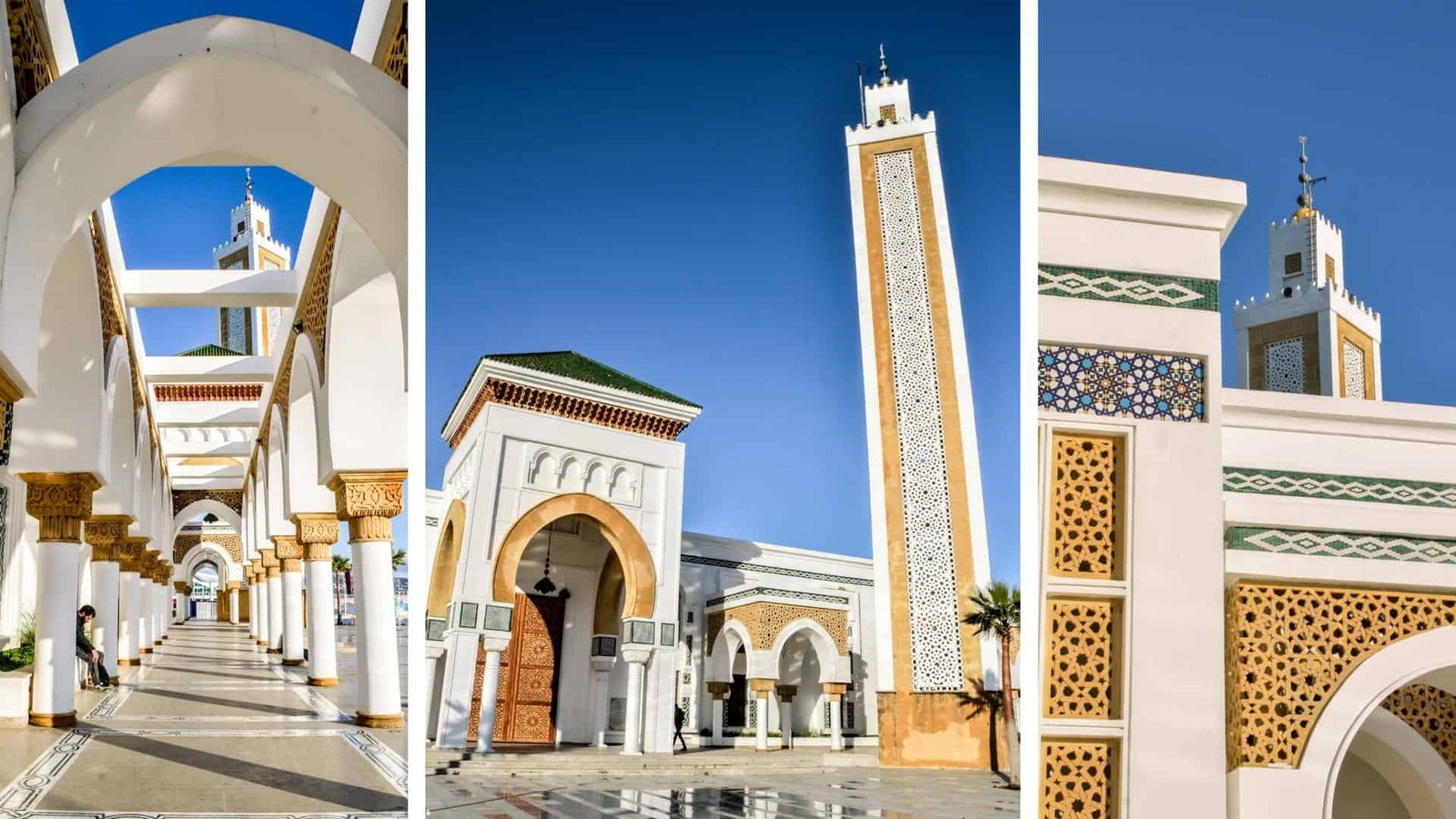
Saad Meliani , Saad Meliani , Saad Meliani (Pexels) -
American Legation Museum:
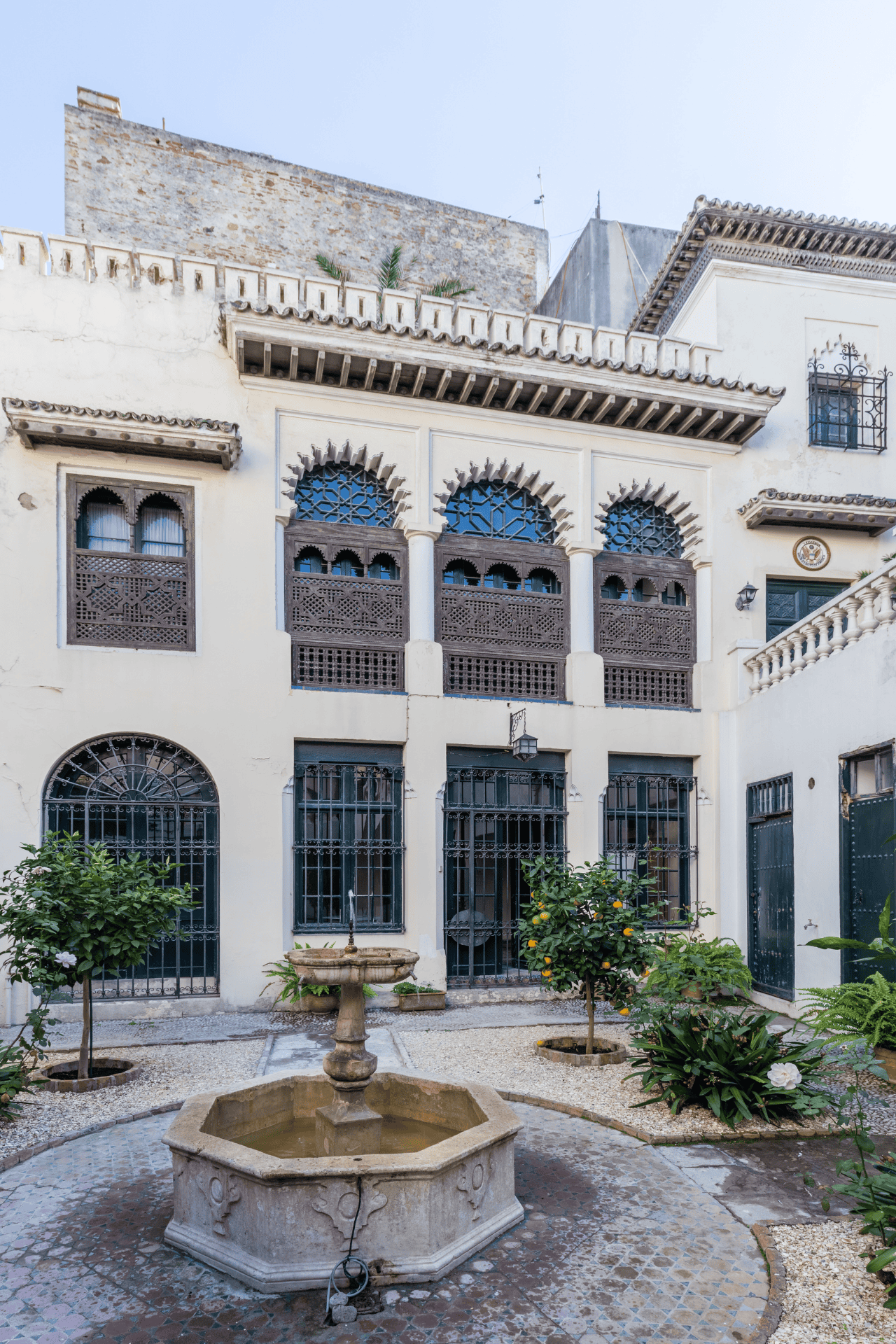
Diego Delso (Wikimedia Commons) - Modified - CC BY-SA 4.0 - Grand Socco:
- Kasbah Museum:
Rabat

-
Kasbah of the Udayas:
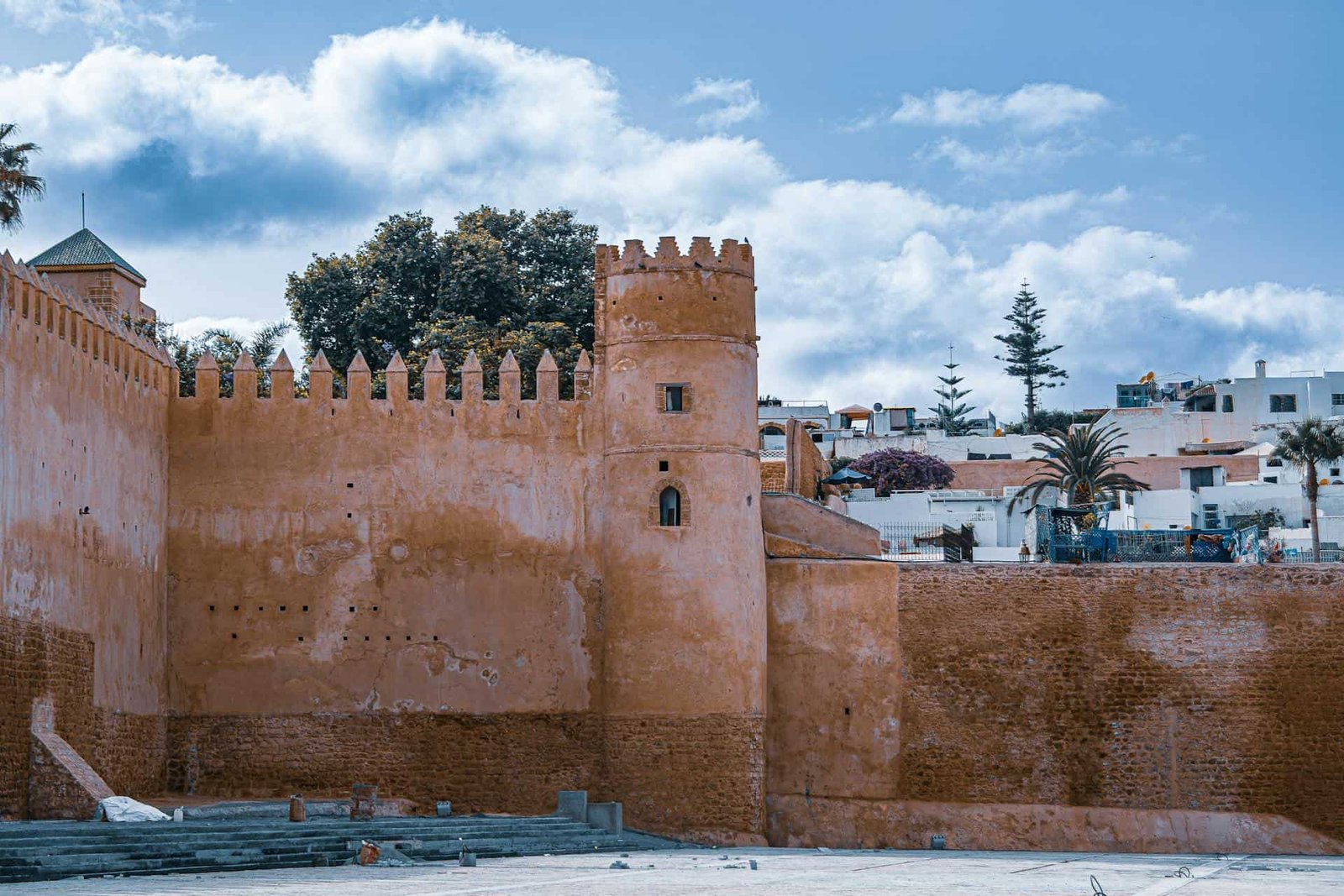
Jean Marc Bonnel (Pexels) -
Hassan Tower & Mausoleum of Mohammed V:
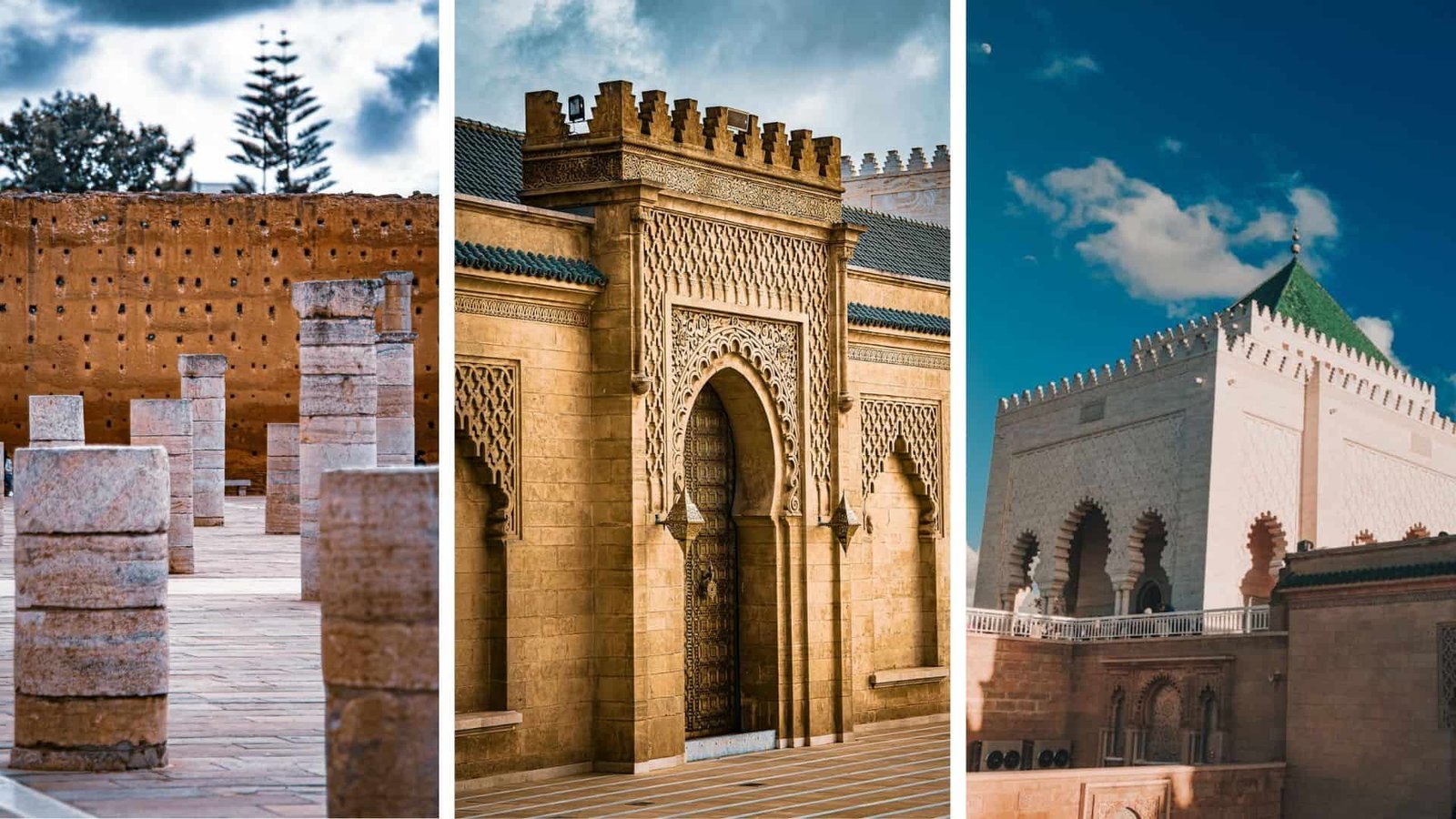
Jean Marc Bonnel , Jean Marc Bonnel , Meliani Driss (Pexels) -
Chellah Necropolis:
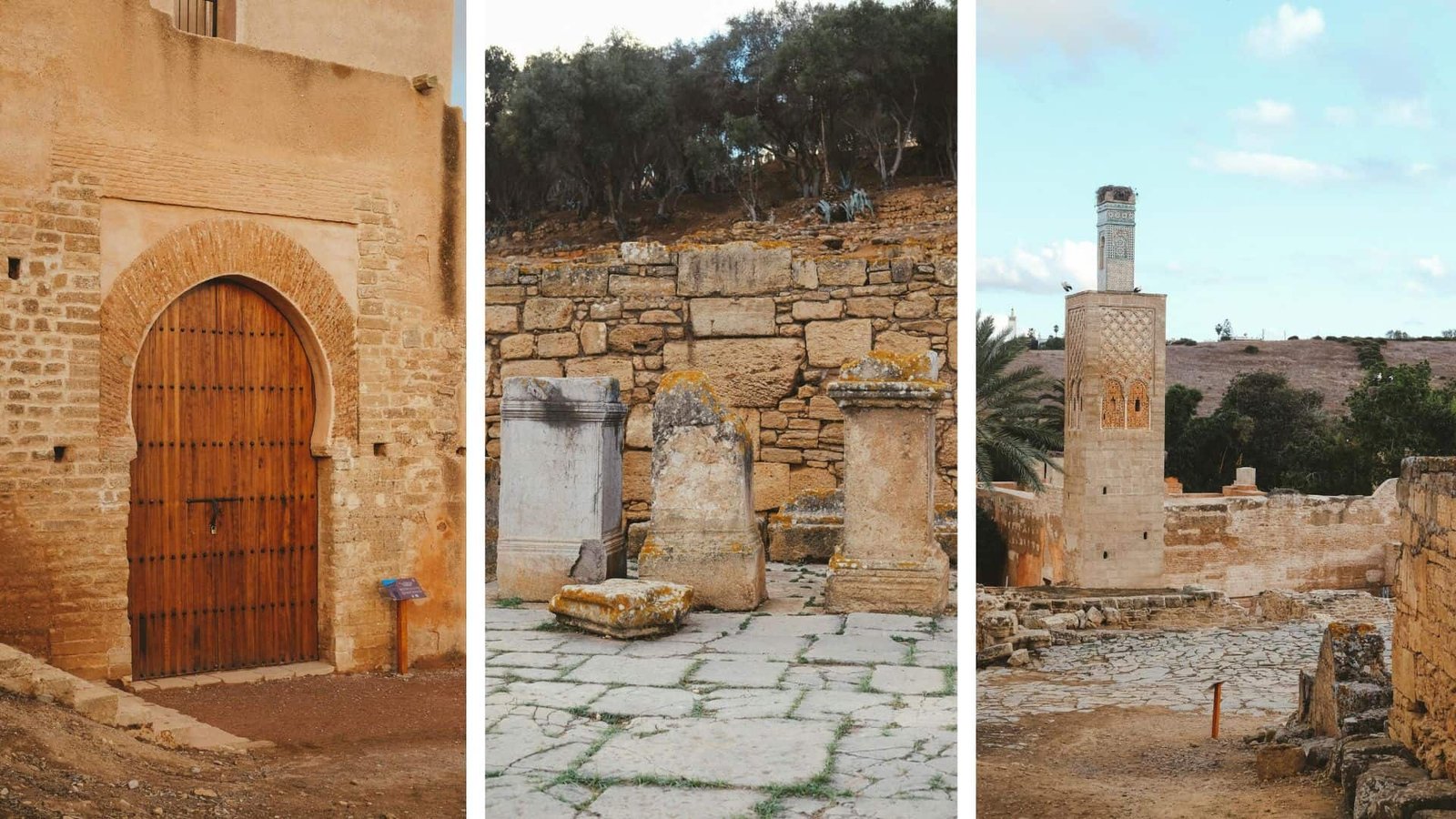
MAG Photography , MAG Photography , MAG Photography (Pexels) -
Rabat Medina:
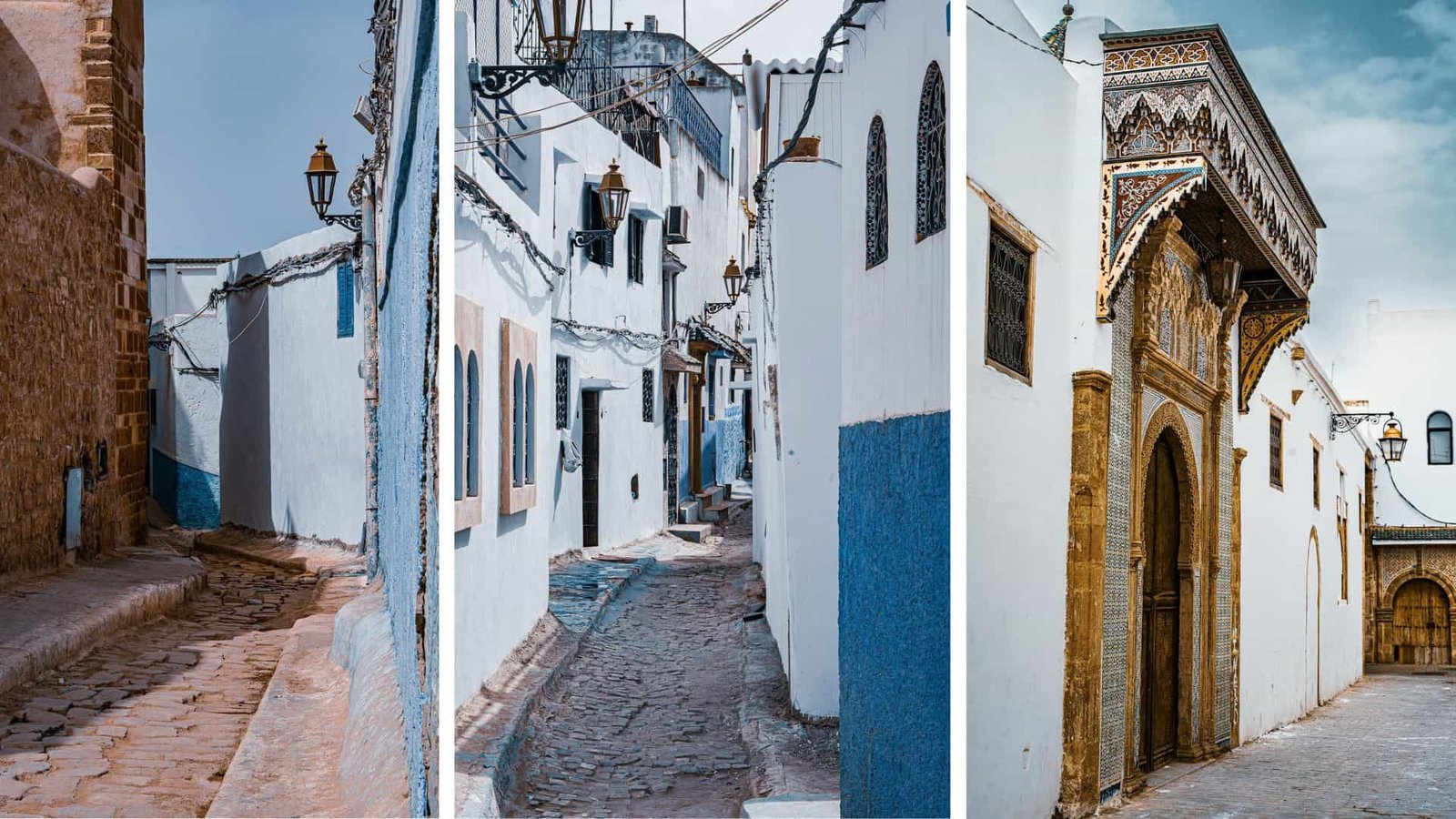
Jean Marc Bonnel , Jean Marc Bonnel , Jean Marc Bonnel (Pexels) -
Royal Palace of Rabat:
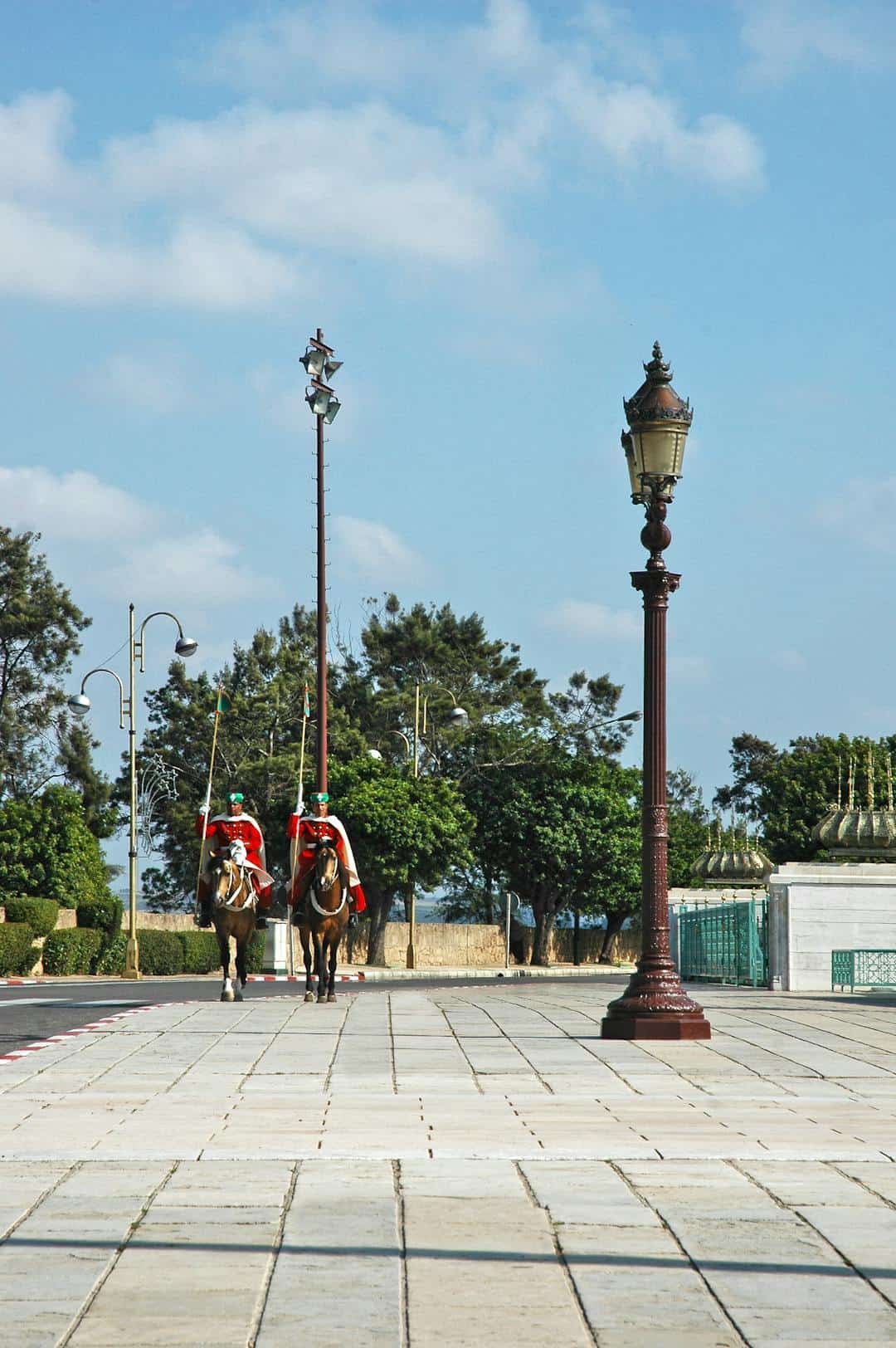
Moussa Idrissi (Pexels) -
Bouknadel Exotic Gardens:
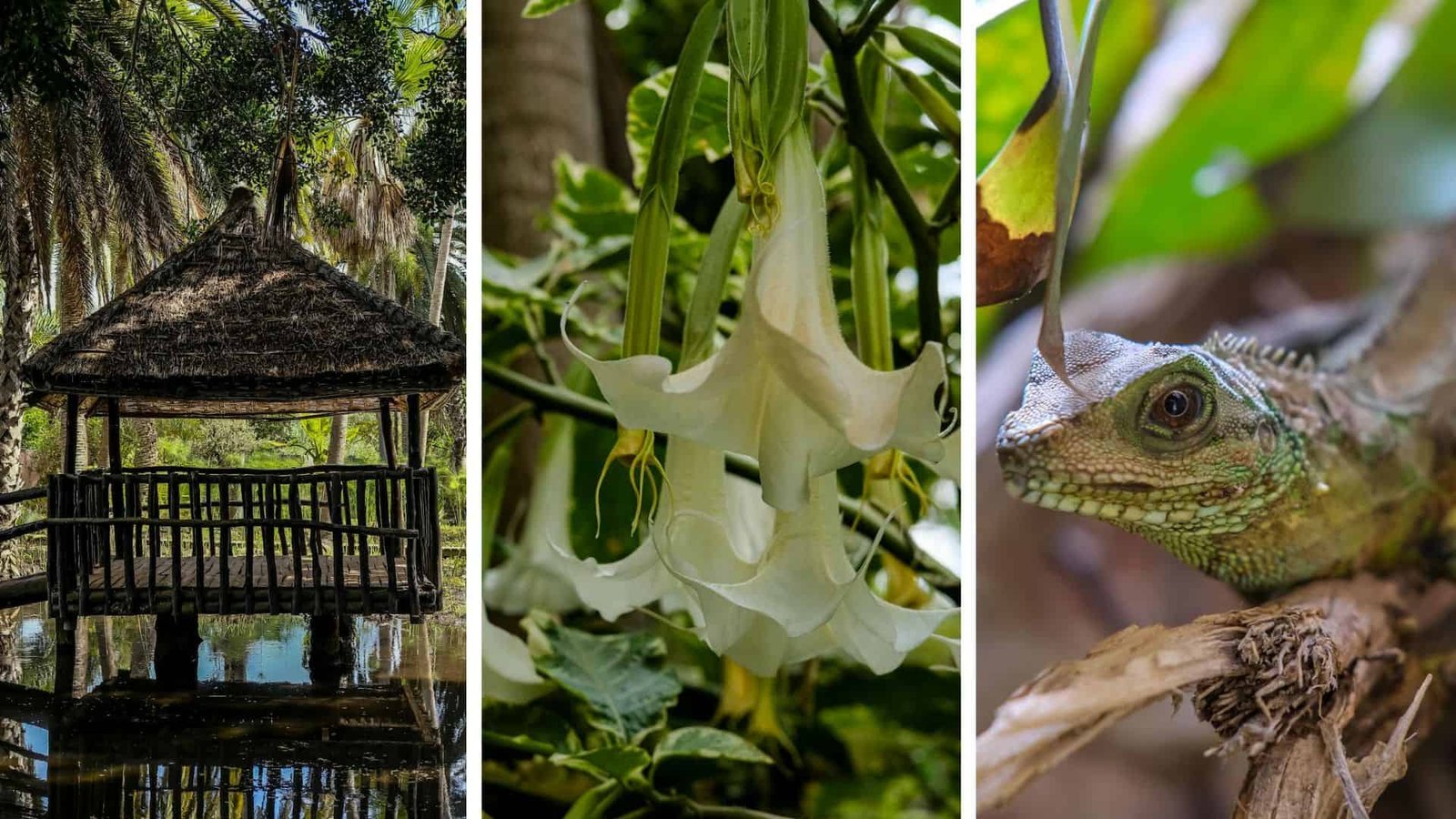
MAG Photography , MAG Photography , MAG Photography (Pexels) -
Medina of Salé:
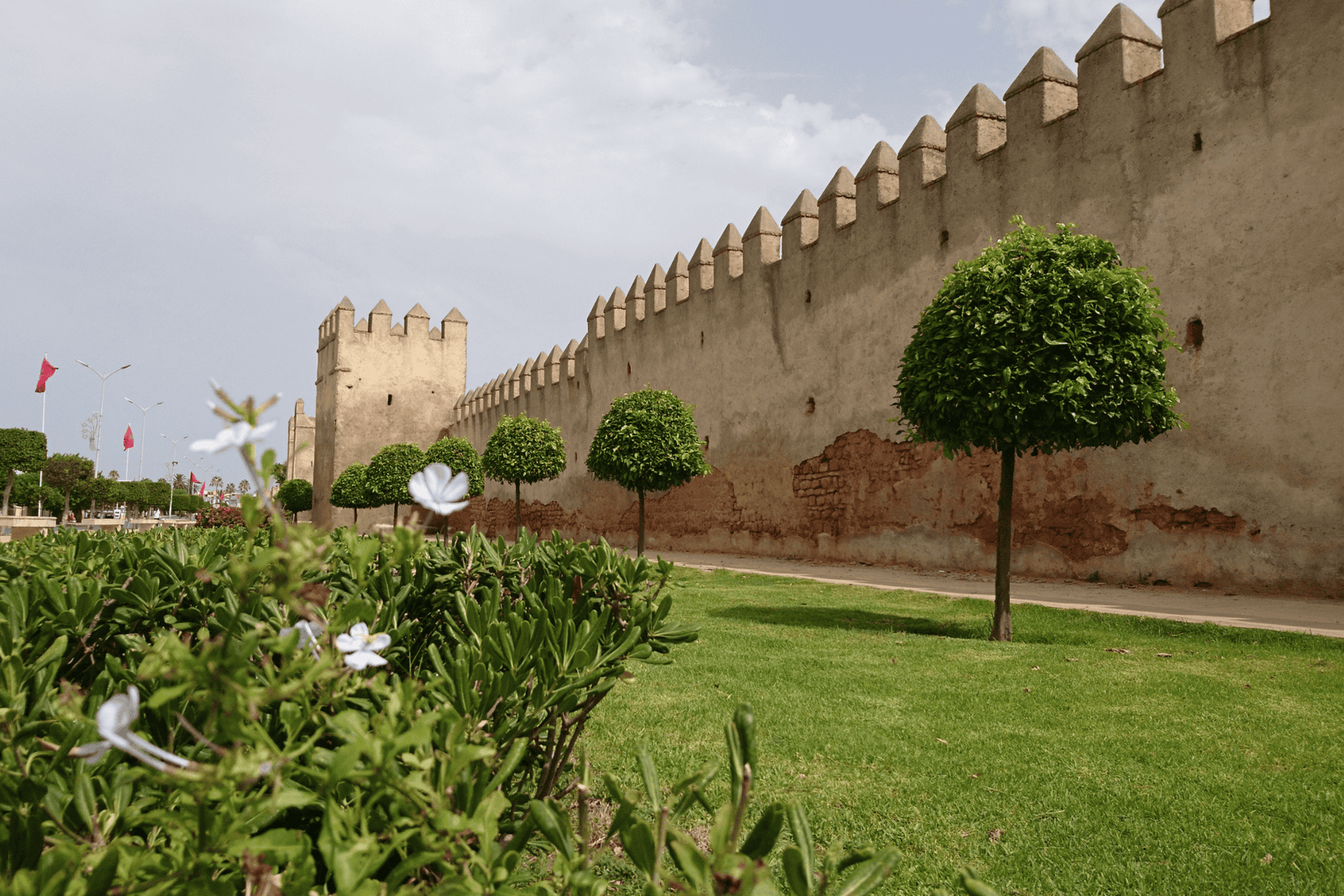
Anass Sedrati (Wikimedia Commons) - Modified - CC BY-SA 4.0
Casablanca
-
Hassan II Mosque:
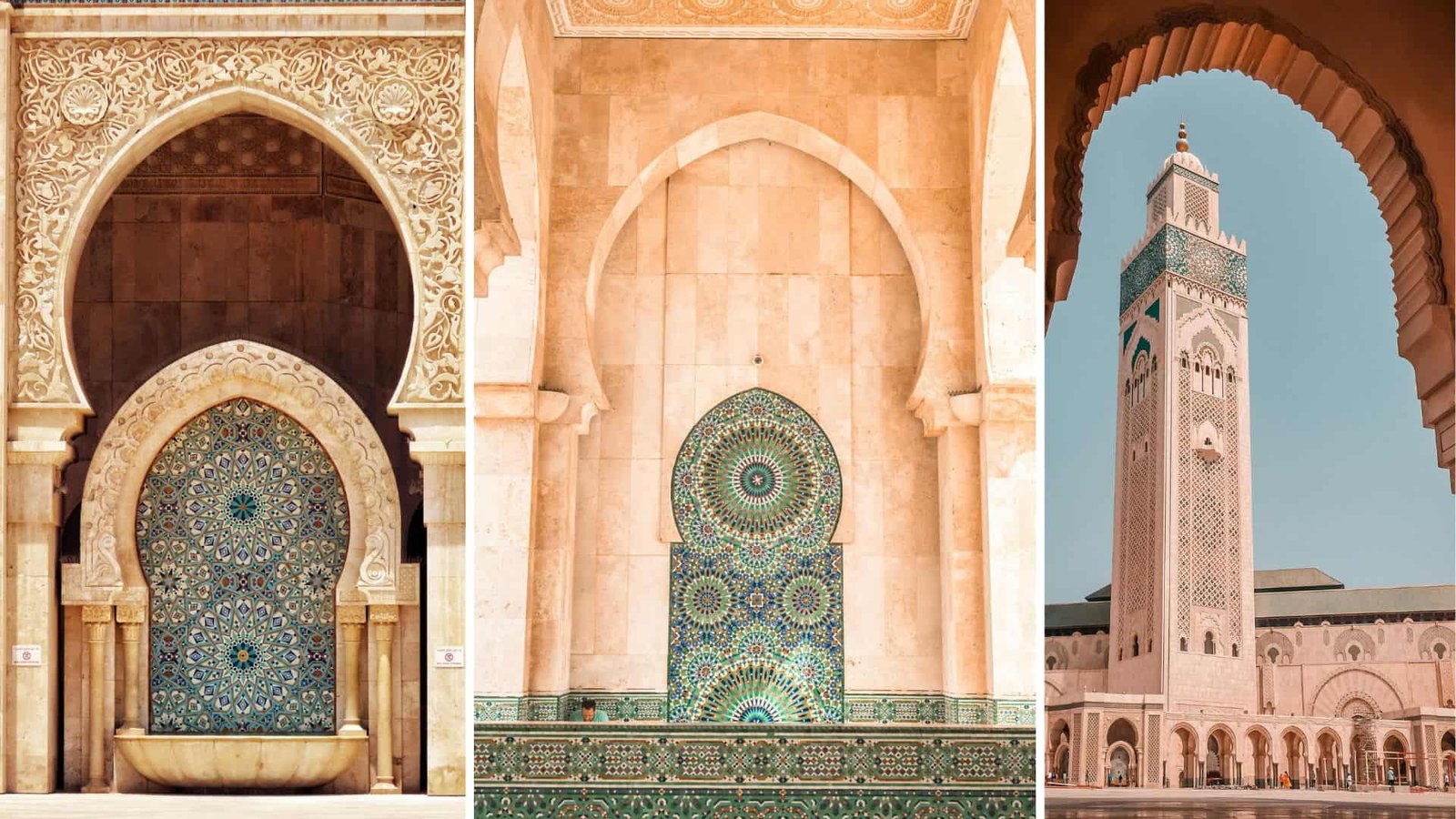
Khalil Fazna , Uiliam Nörnberg , Tugce Turan (Pexels) - Corniche Ain Diab:
- Villa des Arts:
-
El Hank Lighthouse:
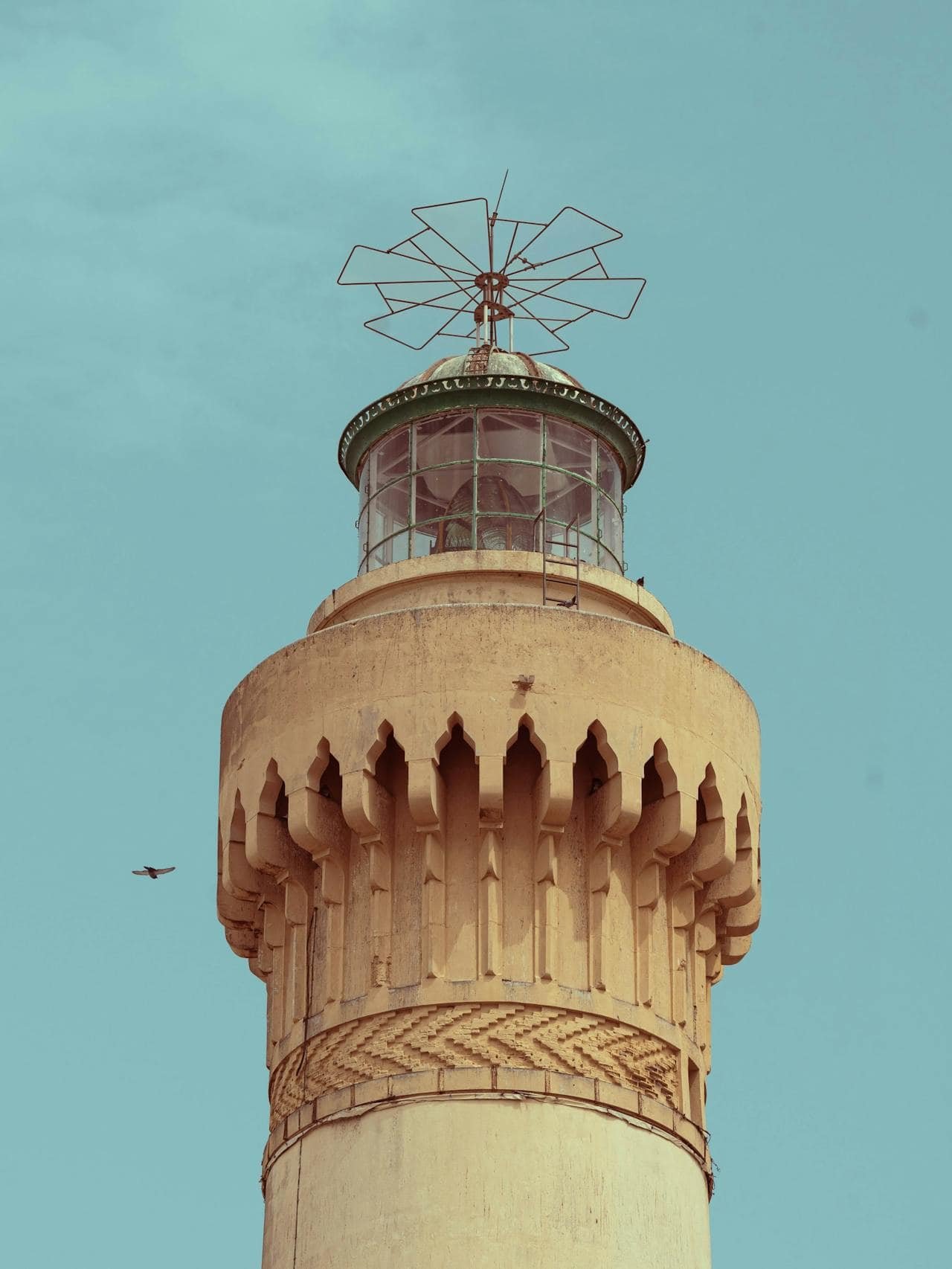
Diblacl (Pexels)
Desert Morocco
- Day of Visit: 10 days
- Best Season: Spring, Fall & Winter
- Keywords: Desert, Dunes, Kasbahs, Camel Trekking, Berber Culture, Oases
Marrakech

-
The Medina:
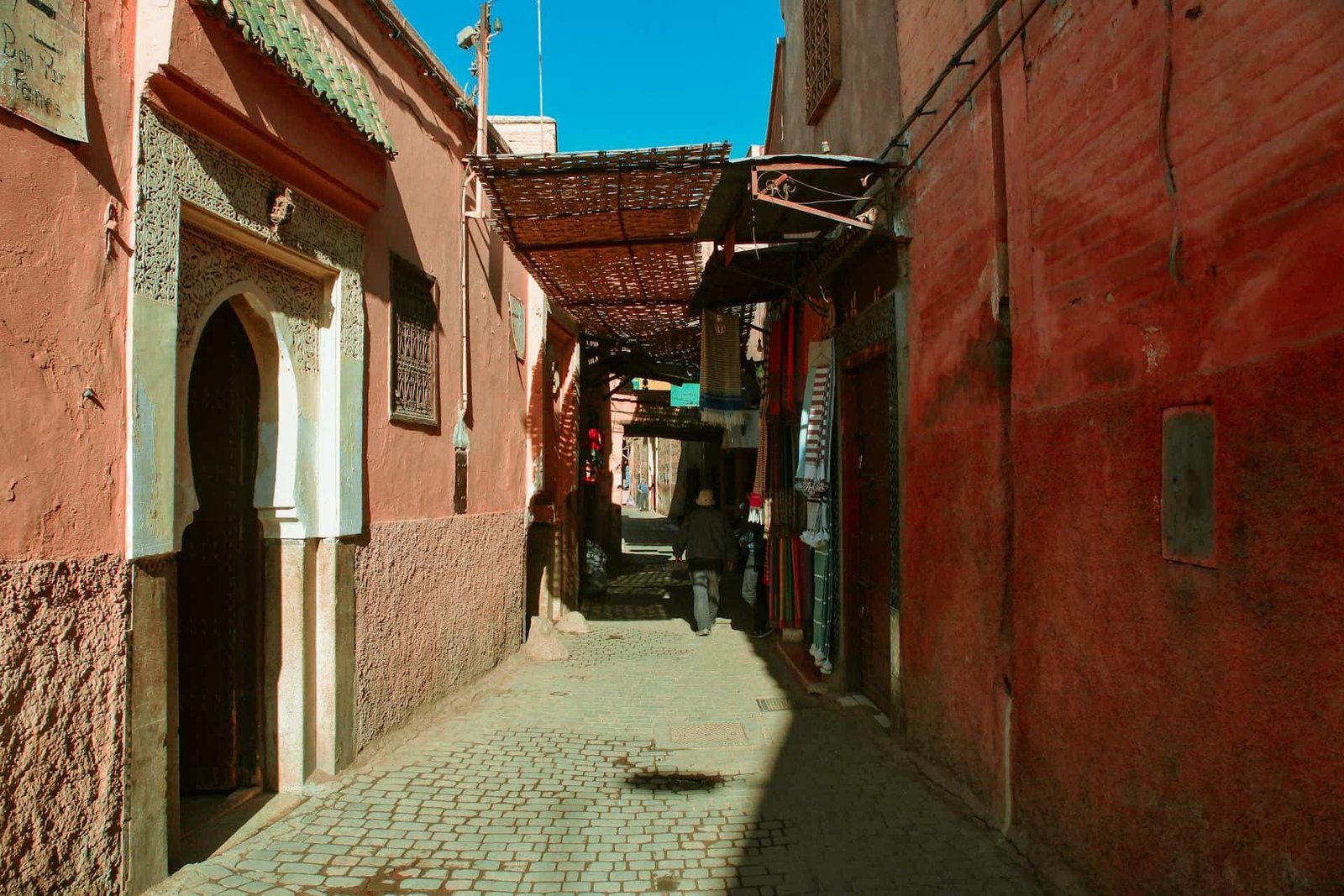
Andre Manuel (Pexels) -
El Badi Palace:
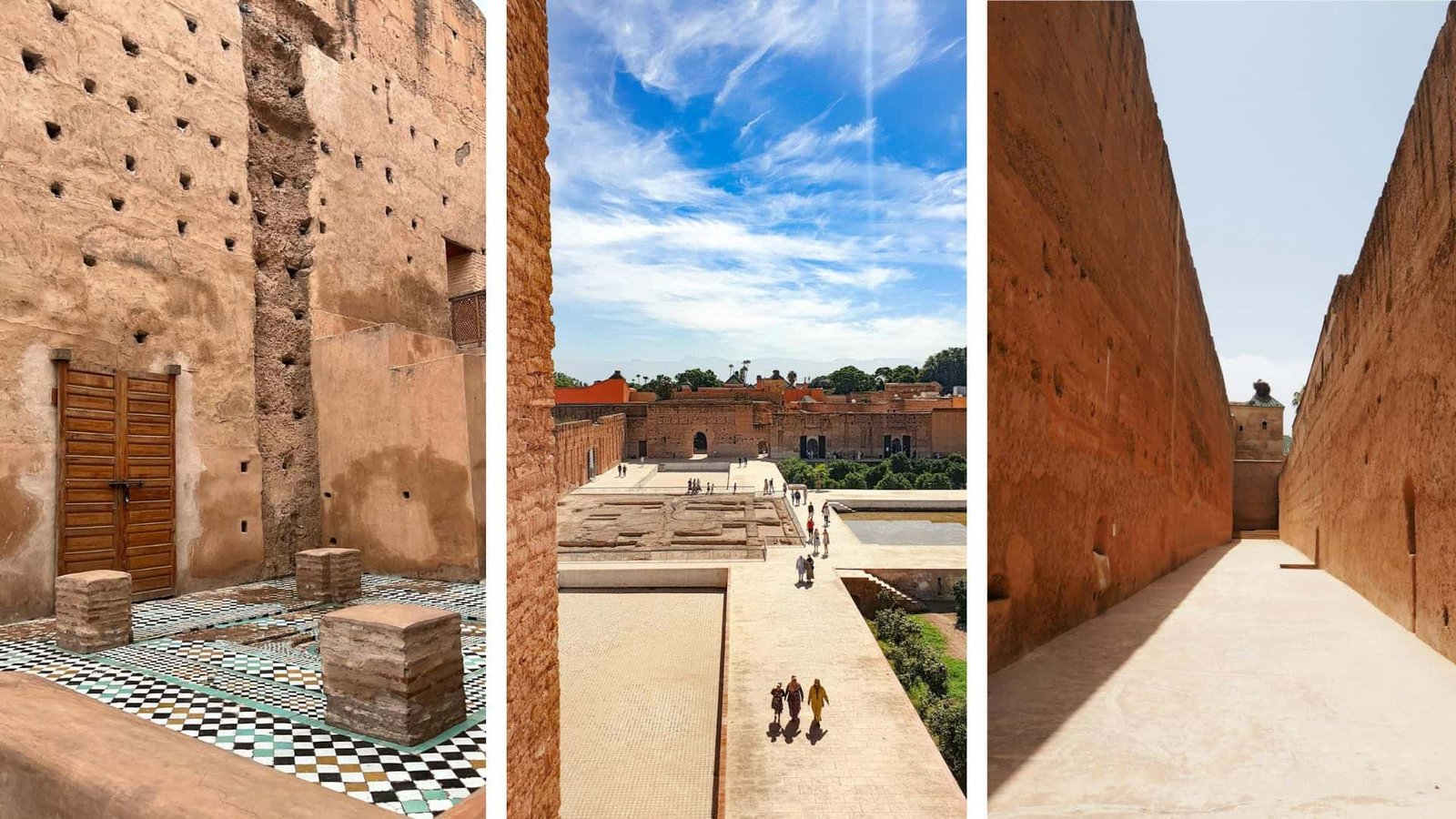
Jinen , Otmane Elhaddaji , Consuelo Borroni (Pexels) -
Saadian Tombs:
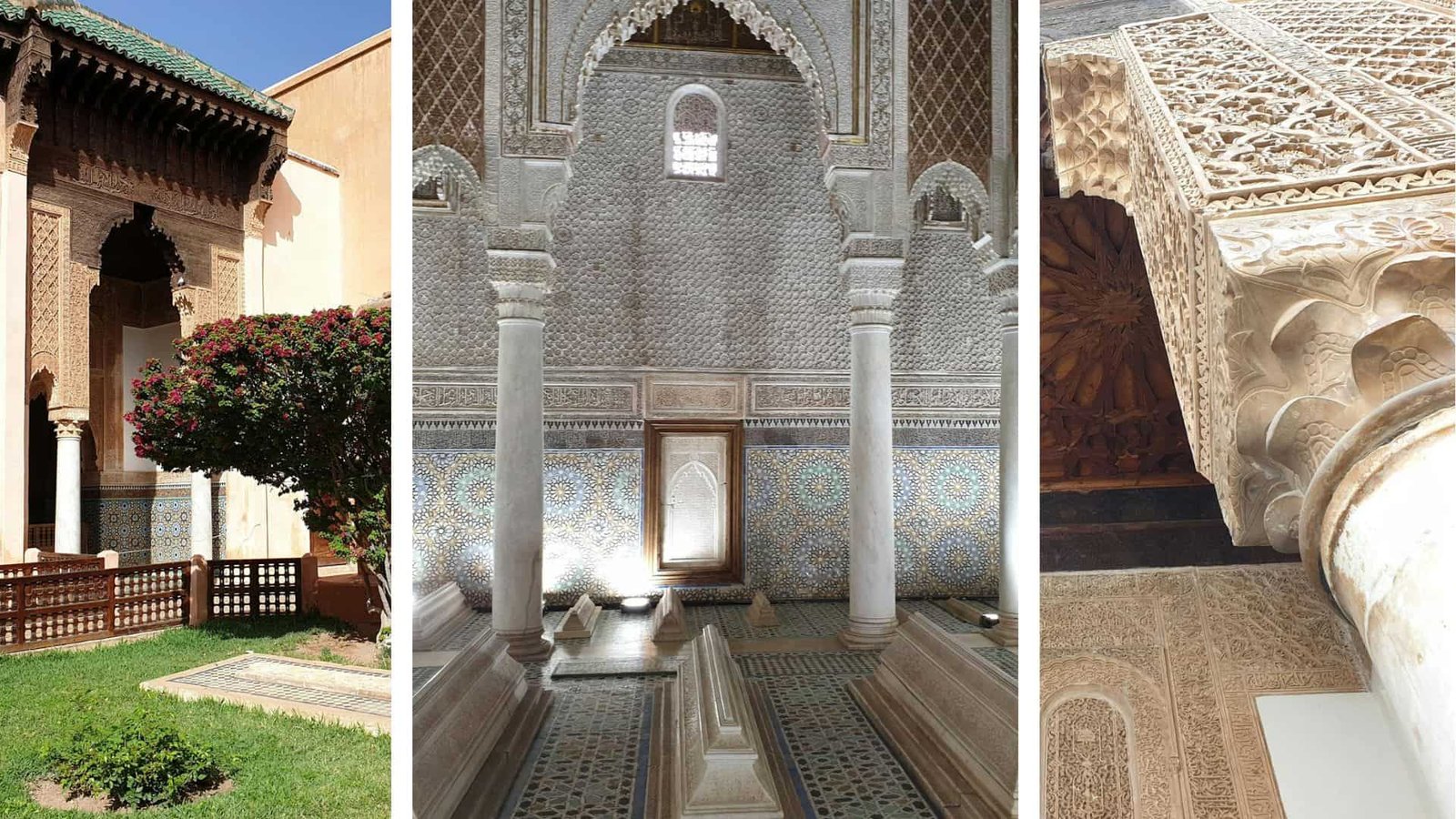
Sven Stallknecht , Sven Stallknecht , Sven Stallknecht (Pexels) -
Medersa Ben Youssef:
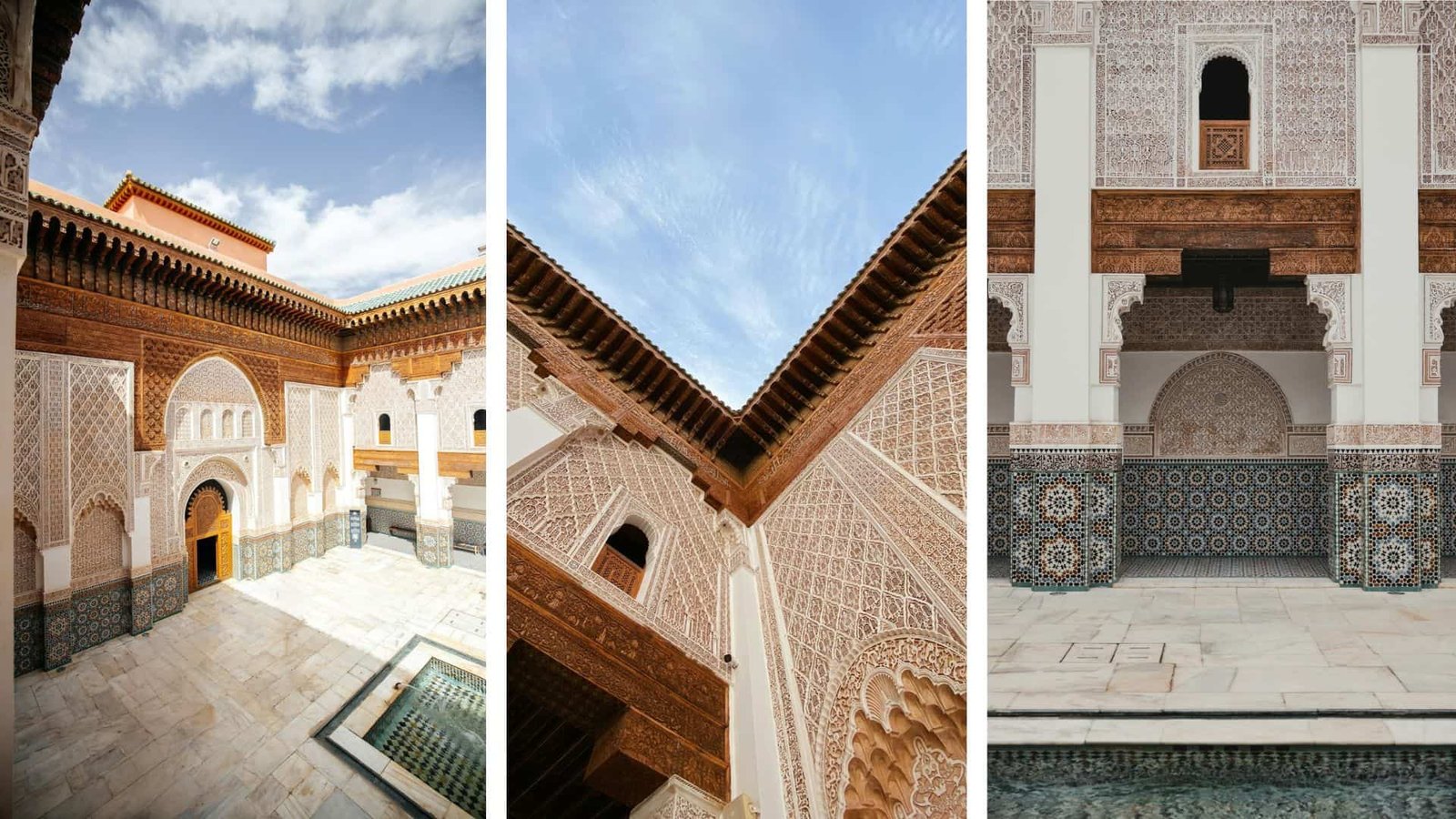
Furknsaglam , Ayoub Moukhliss , Faruk Tokluoğlu (Pexels) -
Bahia Palace:
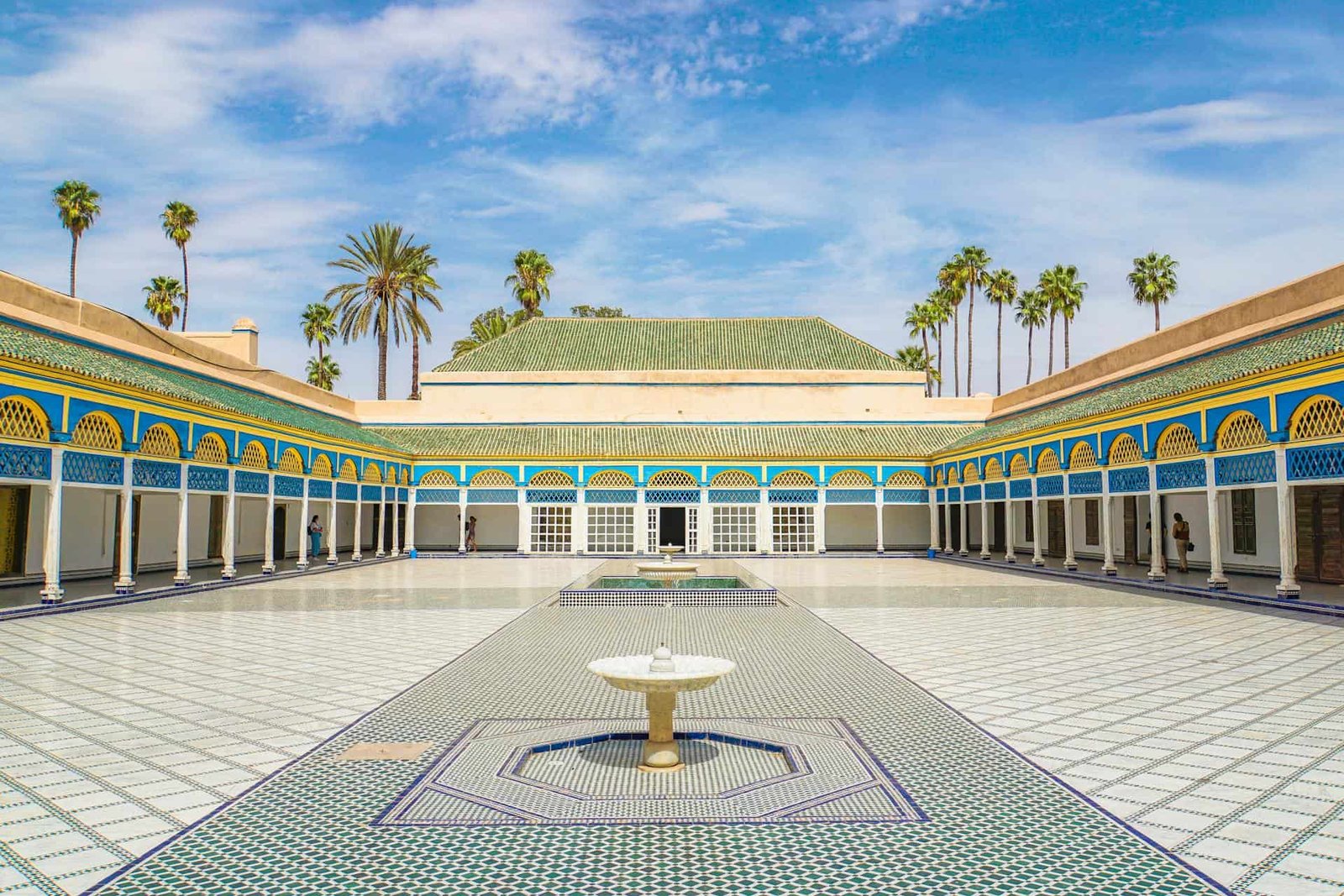
Clive Kim (Pexels) -
Majorelle Garden:
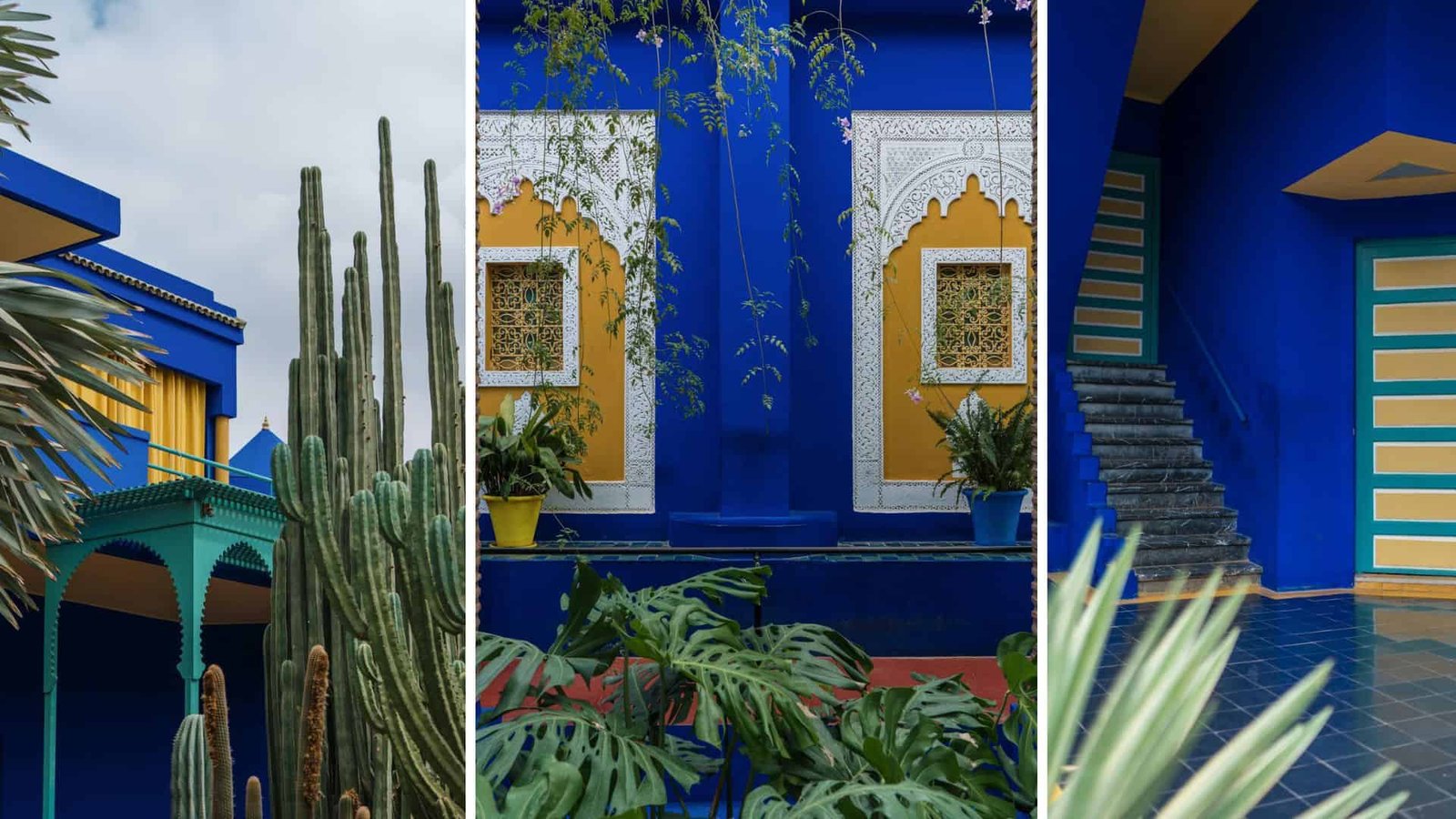
Gül Işık , Gül Işık , Gül Işık (Pexels)
Ouarzazate

-
Aït Benhaddou:
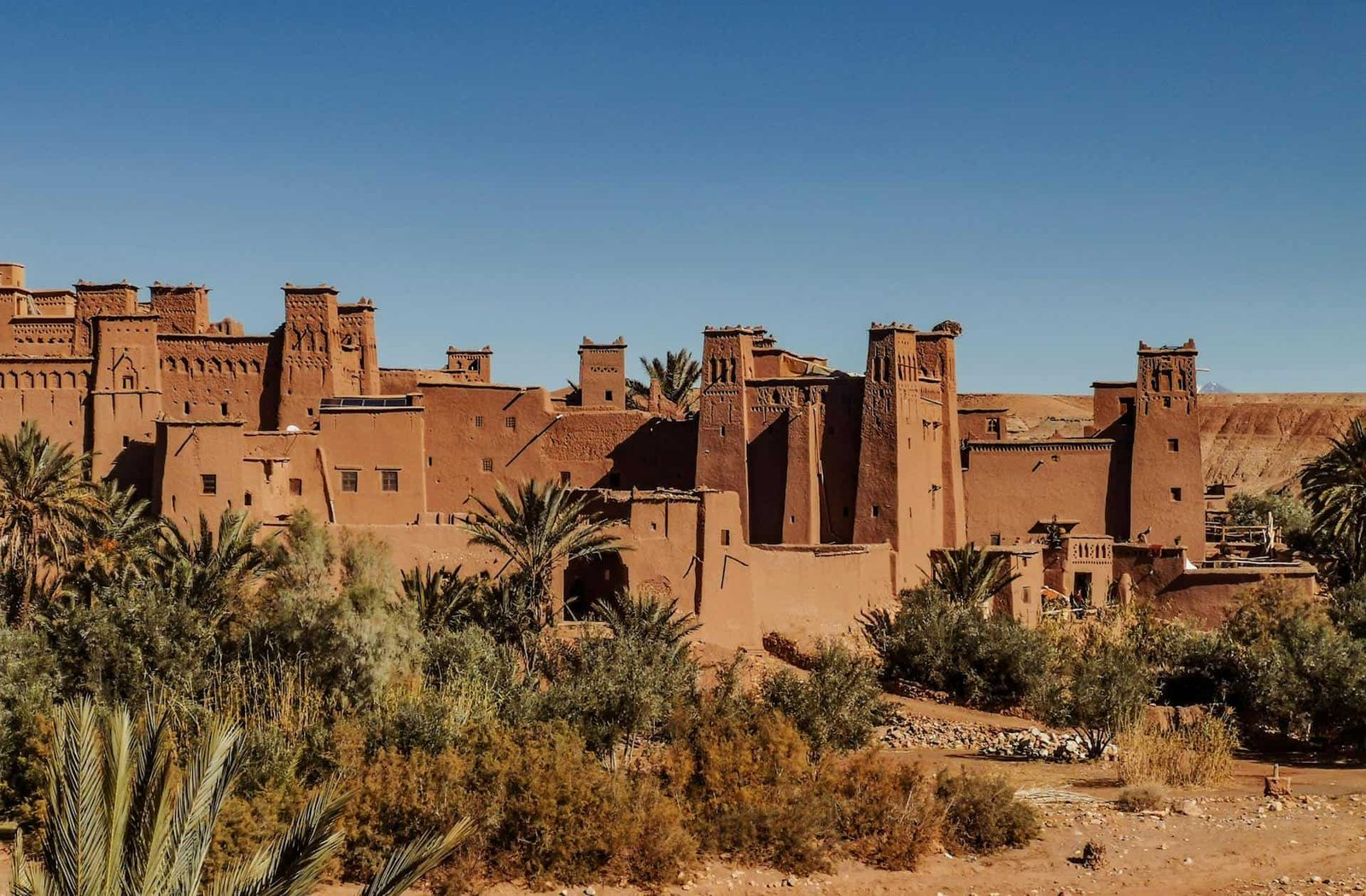
Henrik Le-Botos (Pexels) -
Atlas Film Studios:
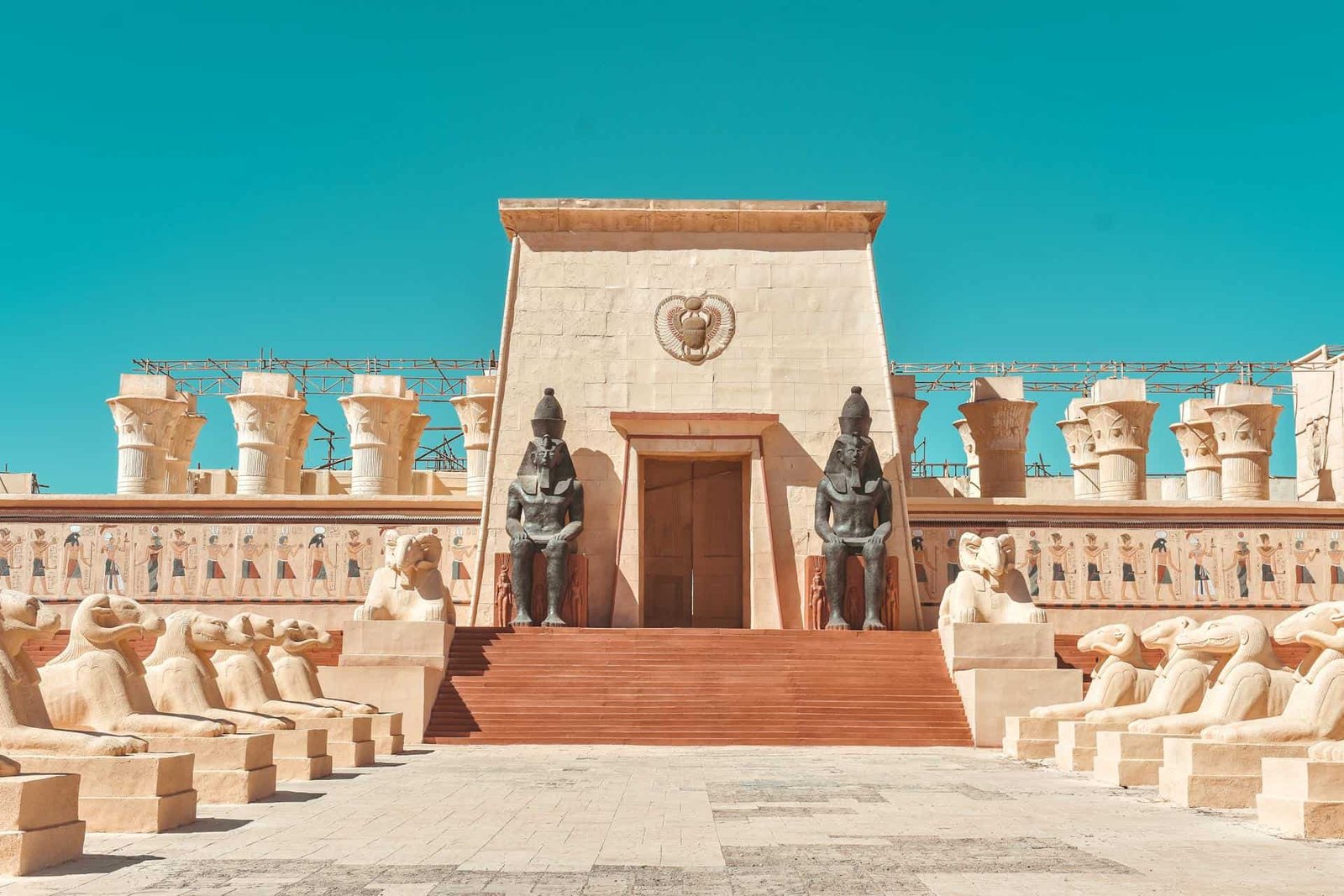
Abdelmoughit Lahbabi (Pexels) -
Kasbah Taourirt:
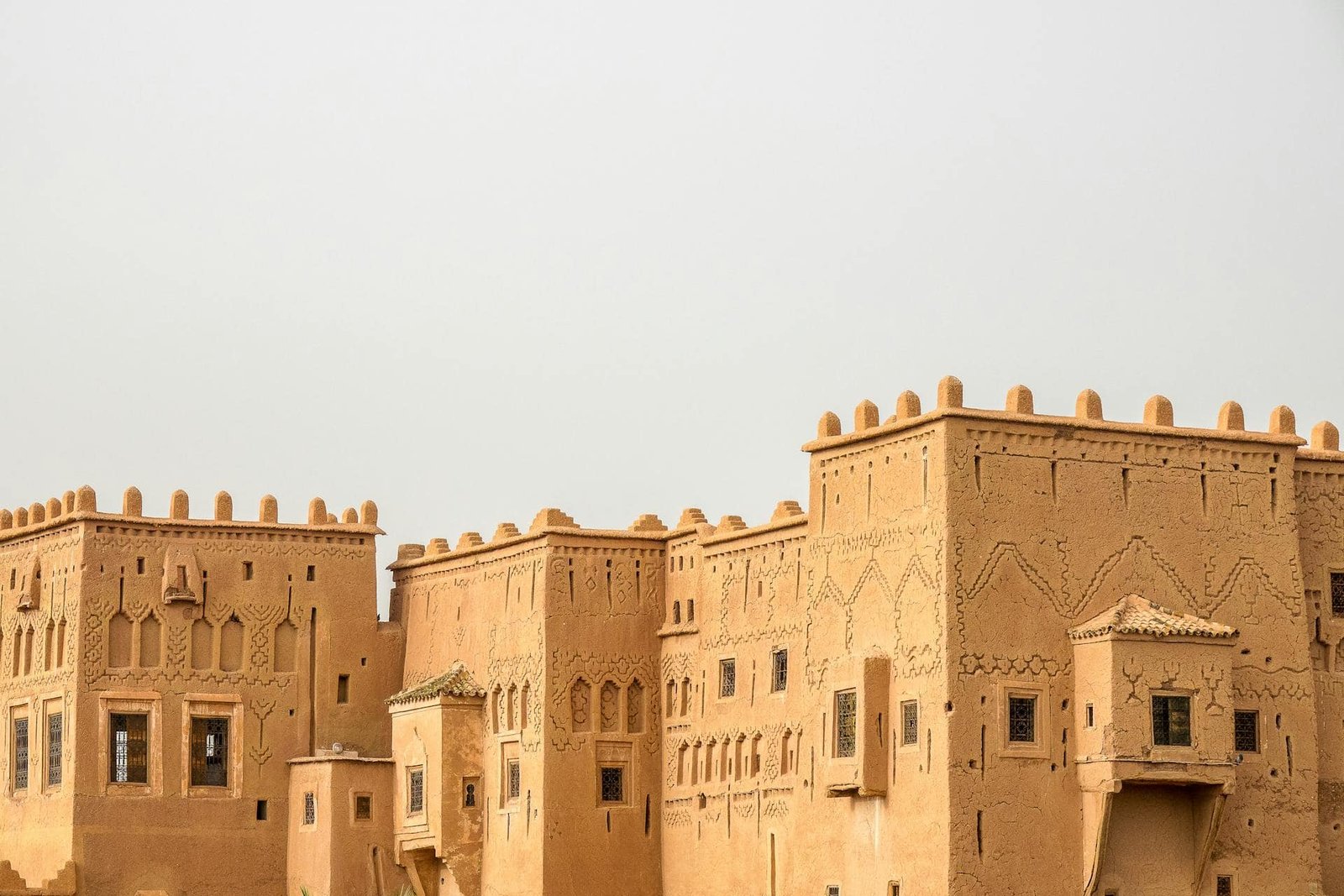
Mike van Schoonderwalt (Pexels)
Sahara Desert (Merzouga)
-
Erg Chebbi Dunes:
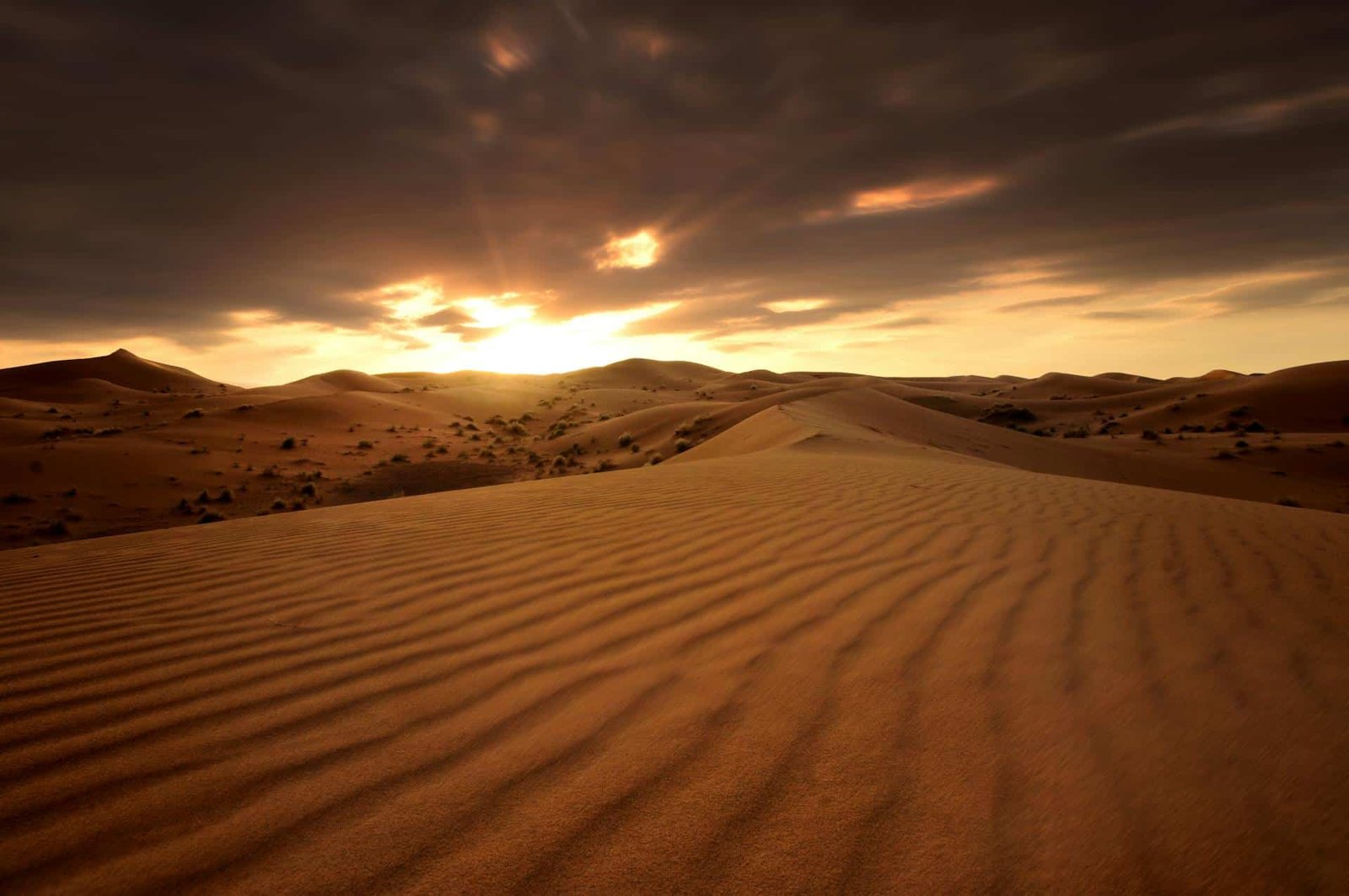
Moussa Idrissi (Pexels) -
Desert Camp:
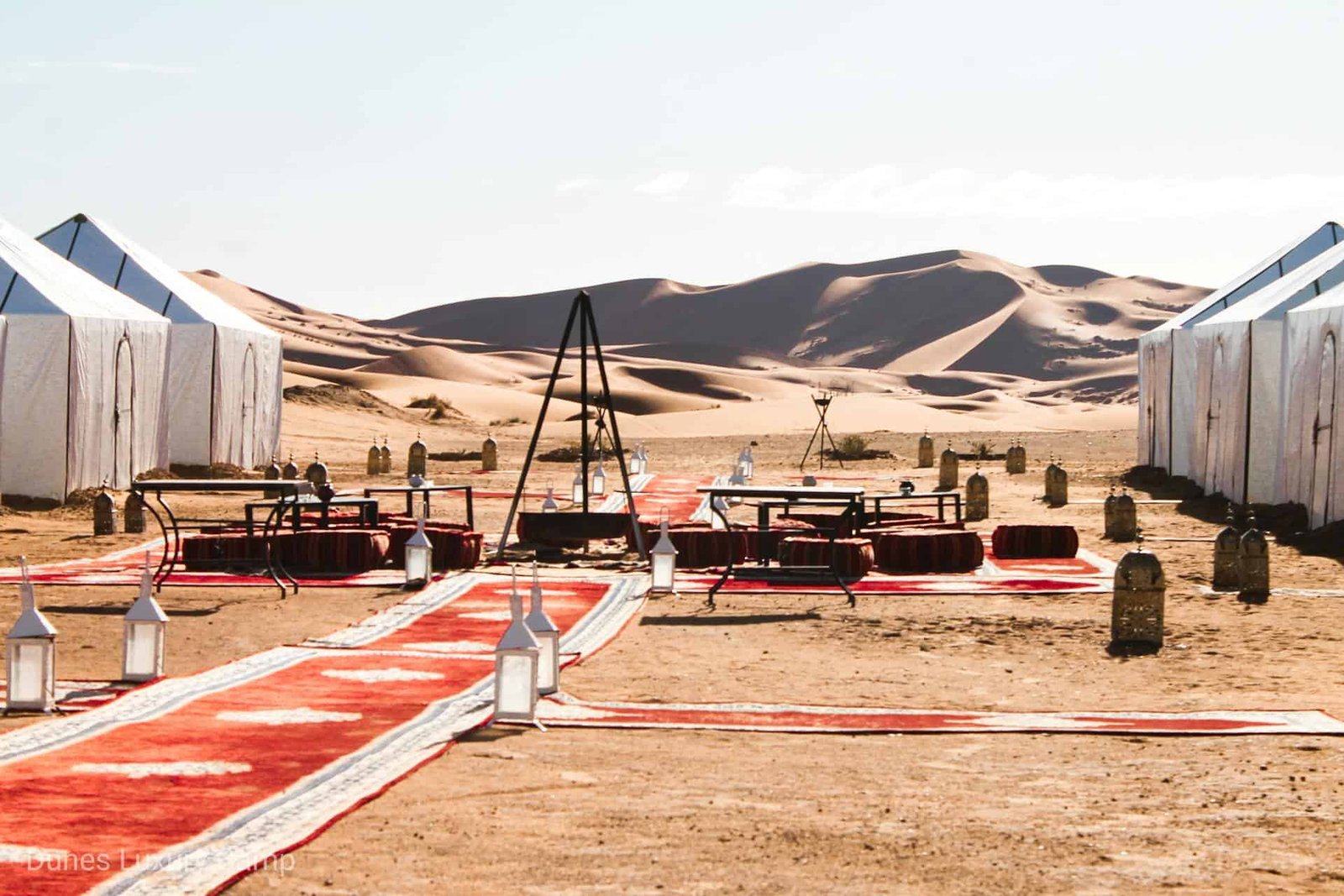
In Merzouga (Pexels) - Merzouga Lake:
Southern Coastal Morocco
- Day of Visit: 6 to 8 days
- Best Season: Spring & Fall
- Keywords: Beach, Coastline, Coastal Views, Berber Culture, Seaside, Fortresses
Marrakech
Agadir

-
Paradise Valley:
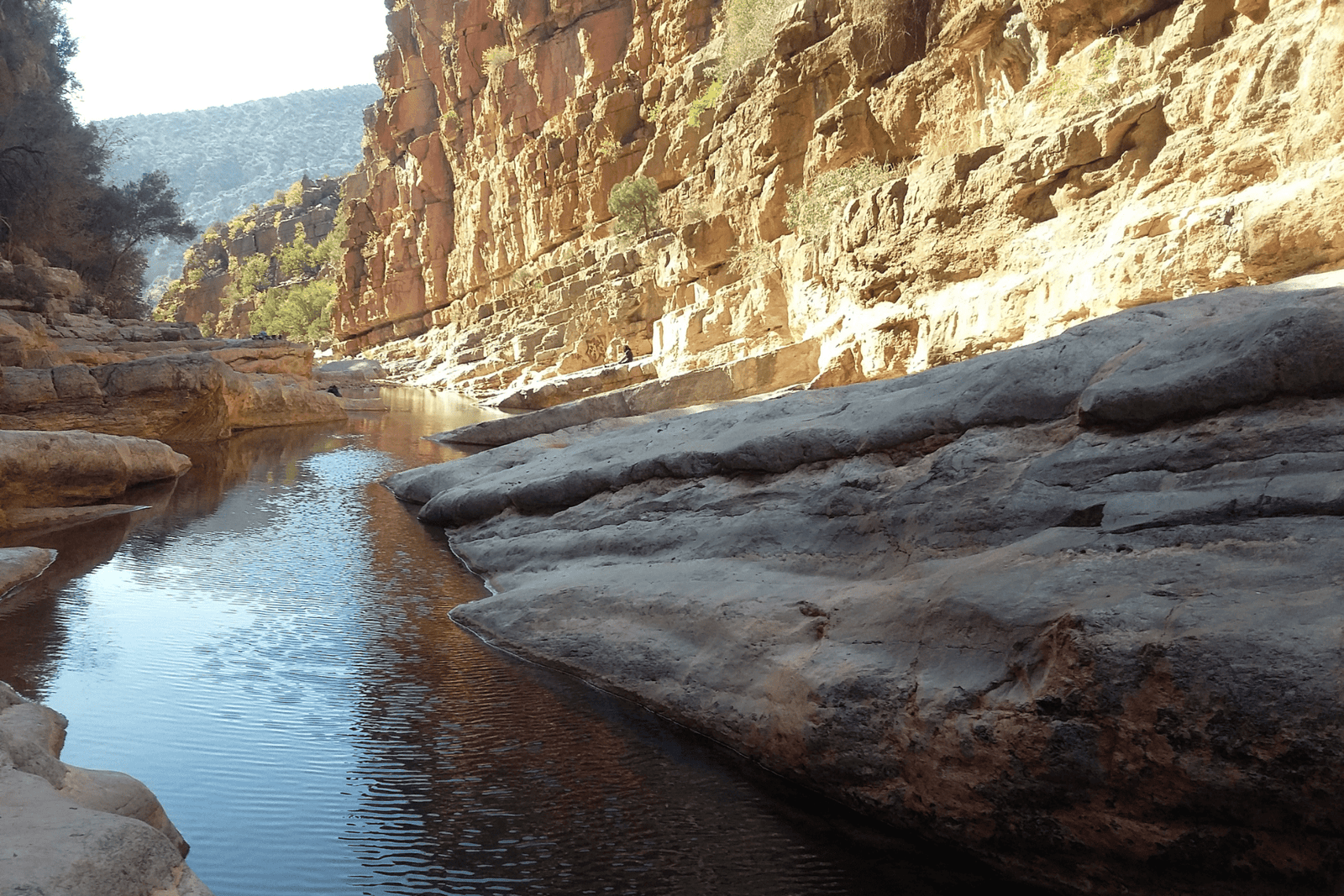
Elyassini Yassine (Wikimedia Commons) - Modified - CC BY-SA 4.0 -
Parc National Souss-Massa:
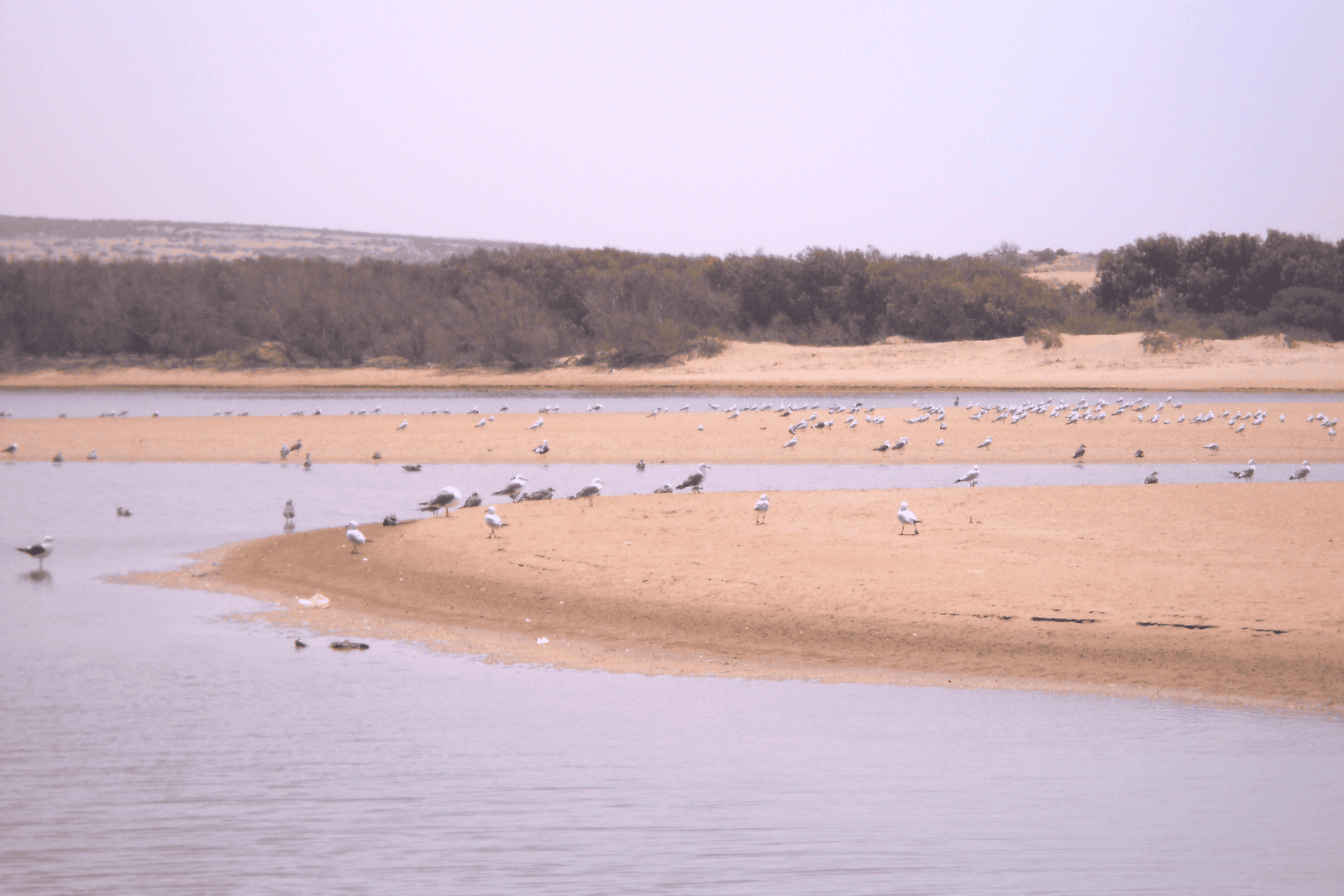
Angela Stefanoni (Wikimedia Commons) - Modified - CC BY-SA 3.0 -
Kasbah Agadir Oufella:
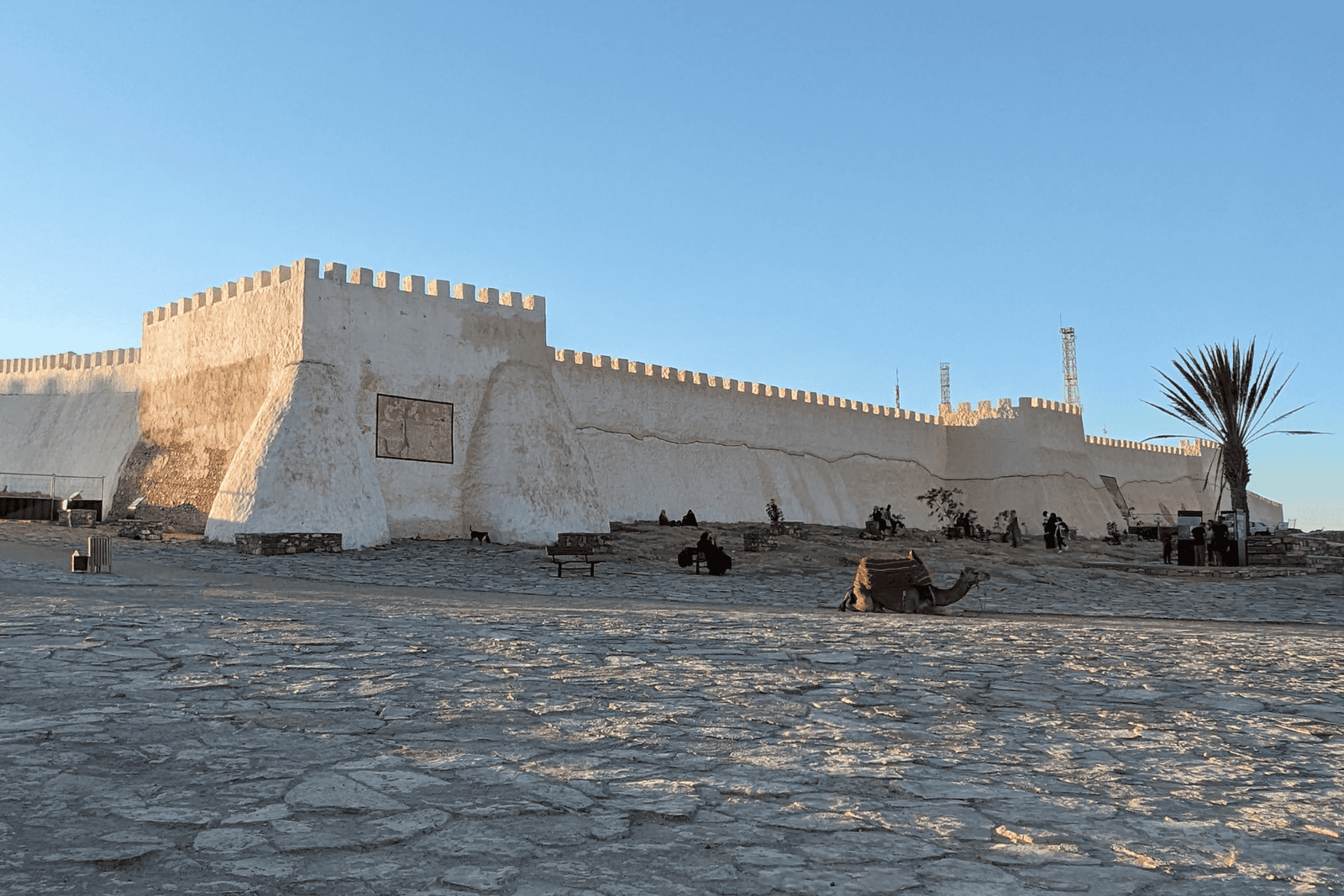
Mwintirew (Wikimedia Commons) - Modified - CC BY-SA 4.0 - Souk El Had:
- Agadir Beach:
Essaouira

-
Essaouira Beach:
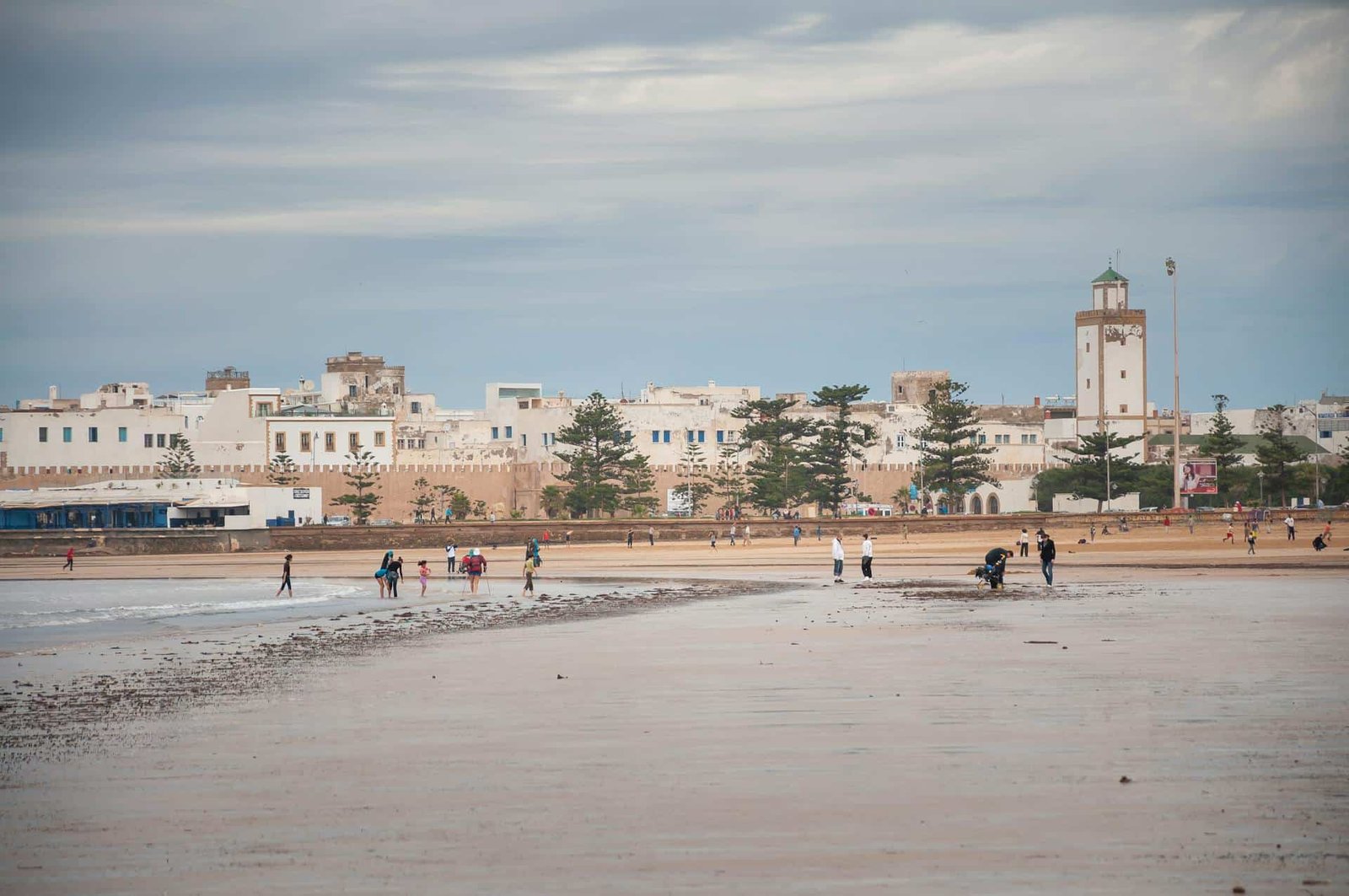
Piotr Arnoldes (Pexels) -
Medina of Essaouira:
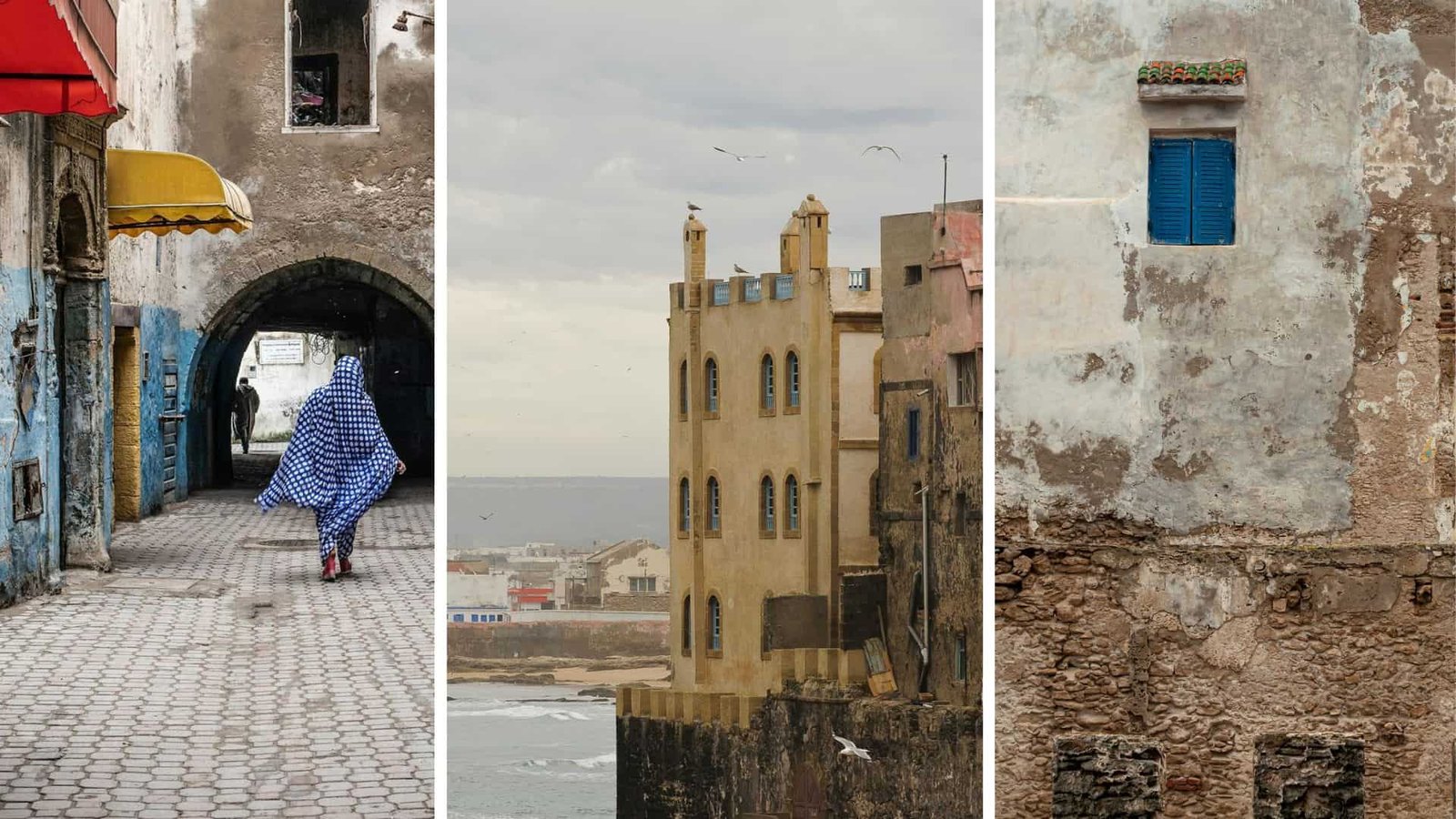
Christine Blanchet , Piotr Arnoldes , Piotr Arnoldes (Pexels) -
Sqala de La Kasbah:
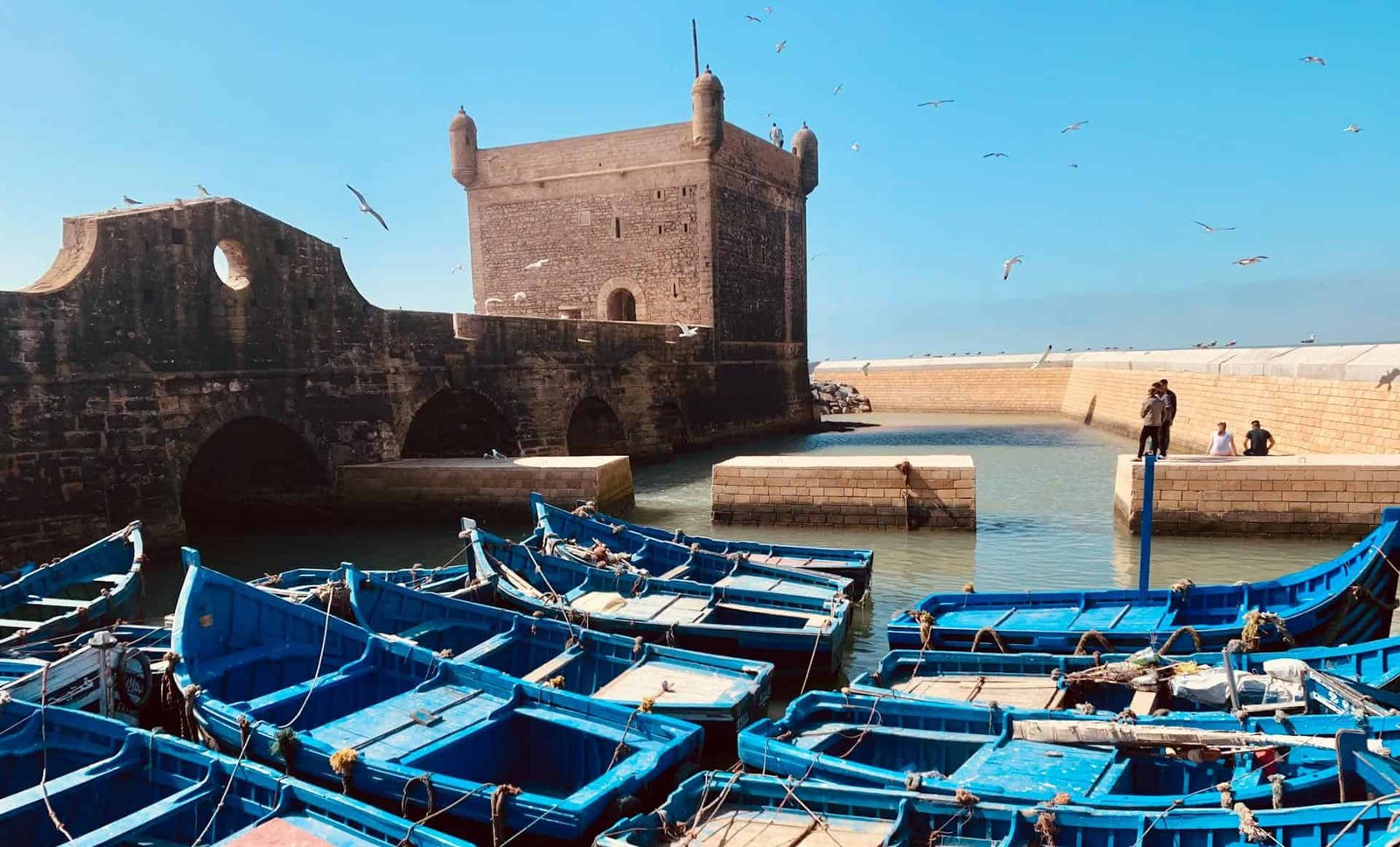
Sarah Hall (Pexels)
Must Try Food :
Moroccan cuisine is a feast for the senses, with dishes deeply rooted in history and cultural exchange. Known for its aromatic spices, rich flavors, and diverse ingredients, Moroccan food combines Berber, Arab, and Mediterranean influences. Whether it's a savory tagine, a refreshing salad, or a sweet pastry, each dish tells a story of tradition and warmth.
Dishes
Tagine

A slow-cooked stew made with meat (such as lamb or chicken), vegetables, and a mix of fragrant spices. It can also be fully vegetarian. It is traditionally cooked in a clay pot and served with bread. Each regions has their special Tagines.
Couscous

A staple Moroccan dish made from steamed semolina grains, served with a stew of meat, vegetables, and chickpeas, and often garnished with caramelized onions and raisins. One of the most iconic dish in Morocco that can either be fully vegetarian, like Tagine.
Desserts
Chebakia

A deep-fried sesame cookie shaped into a flower, coated in honey, and sprinkled with sesame seeds. It is a popular sweet treat, especially during Ramadan.
Briouat

A sweet or savory pastry filled with almonds, honey, and spices, wrapped in phyllo dough, and deep-fried to a crispy golden brown.
When is the Best Time to Go:

What to do by Seasons
Morocco has a varied climate between the coast, desert, and mountains, which makes it a year-round destination depending on what you're looking for:
-
Summer (June - August) ☀️ Summers are hot, especially inland and in the
desert, with temperatures often exceeding 40°C. The coast stays cooler thanks to the Atlantic
breeze. The Atlas Mountains are also a great escape from the heat.
Best cities to visit in Summer in Morocco: Essaouira, Agadir, Tangier, Ifrane, Chefchaouen
-
Winter (December - February) ❄️ Winter is mild in coastal areas but cold in
the mountains and desert at night. Snow falls in the High Atlas, making it the only time for
skiing. Major cities are less crowded and perfect for sightseeing.
Best cities to visit in Winter in Morocco: Marrakech, Fes, Ouarzazate, Oukaïmeden (for skiing), Rabat
-
Autumn (September - November) 🍁 Autumn is one of the best times to travel
across Morocco. The weather is cooler, great for desert trips, hikes, and city walks. Landscapes
are dry and golden after the summer.
Best cities to visit Autumn in Morocco: Merzouga, Dades Valley, Marrakech, Casablanca, Taroudant
-
Spring (March - May) 🌸 Spring is lush and colorful, especially in the
valleys and countryside. Temperatures are ideal for all types of travel – cities, coast,
mountains, and desert. Popular for festivals and outdoor adventures.
Best cities to visit in Spring in Morocco: Fes, Meknes, Chefchaouen, Azilal, Dades Valley, Marrakech
Our Partners
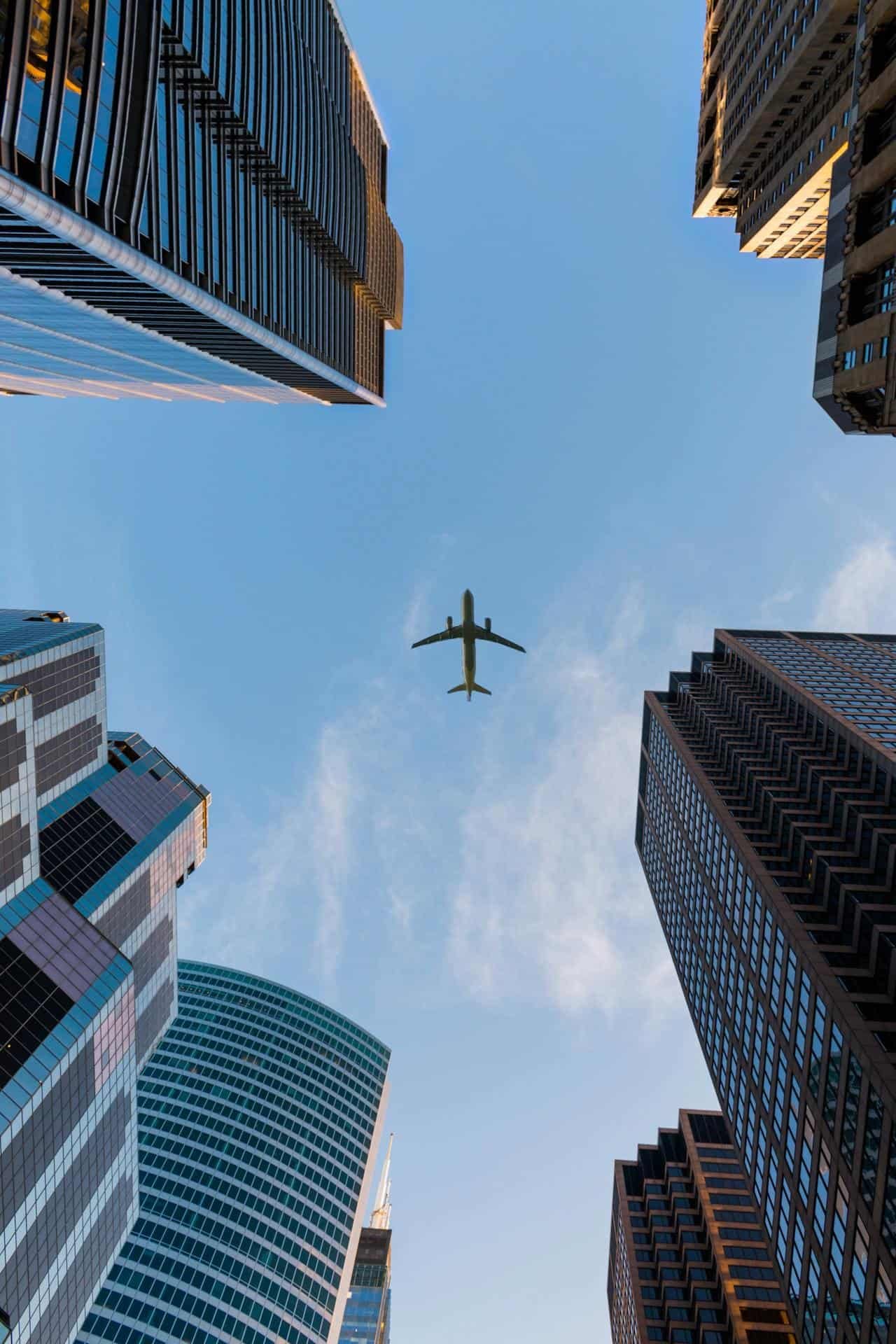
Find a Flight
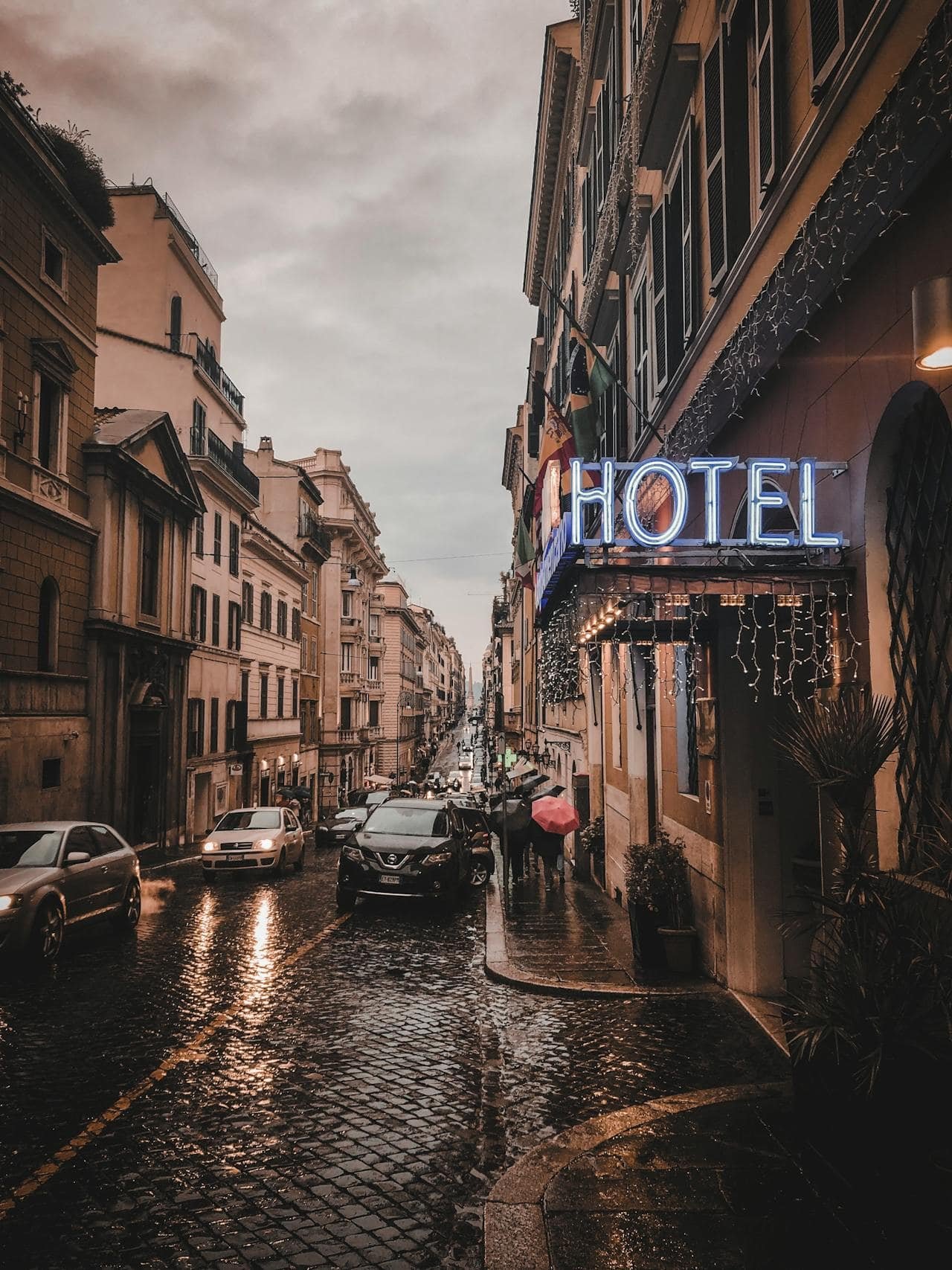
Reserve an Hotel
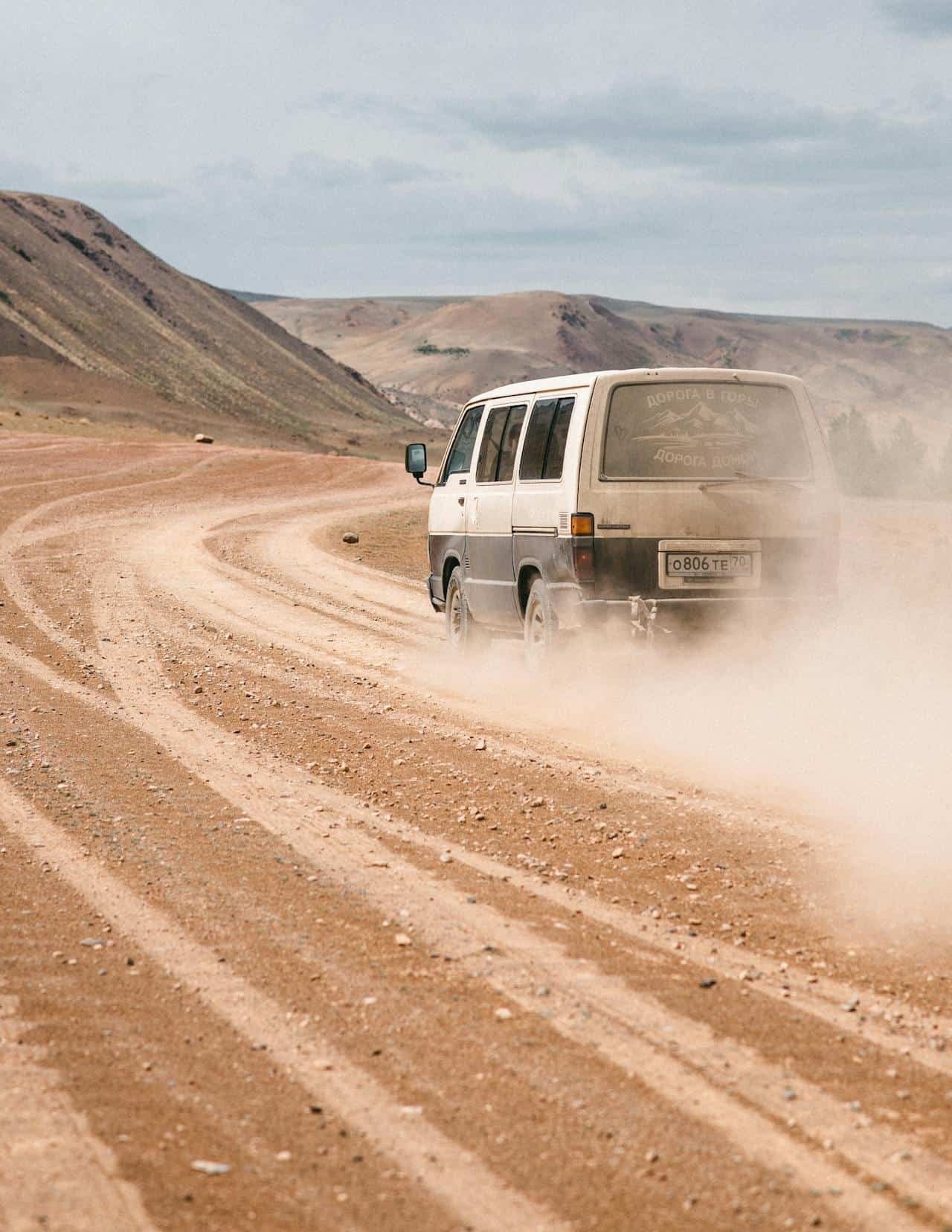
Rent a Vehicle
How long should I stay in Morocco? ▼
A stay of 10 to 15 days is recommended to explore the diverse regions, including cities like Marrakech, Fes, and the Sahara Desert, allowing for a comprehensive experience.
Is it safe to travel to Morocco? ▼
Morocco is generally safe for tourists, especially in major cities. However, it's advisable to stay aware of your surroundings and respect local customs.
What should I wear in Morocco? ▼
Light, loose-fitting clothing is best for summer, while a light jacket is recommended for autumn and spring evenings. Dress conservatively to respect local customs.
Do I need a visa to enter Morocco? ▼
Many nationalities, including those from the US, UK, and Canada, can enter Morocco visa-free for tourism for up to 90 days, provided their passport is valid for at least six months beyond the date of entry.
Is tipping customary in Morocco? ▼
Tipping is appreciated but not mandatory. Rounding up the bill or leaving a small tip in restaurants, taxis, and for guides is common practice.
What is a Riad? ▼
A Riad is a traditional Moroccan house with an interior garden or courtyard, often found in the old medinas of cities like Marrakech and Fes. They are popular for lodging due to their unique charm.
What is the best way to travel around Morocco? ▼
Traveling by train, bus, or hiring a private driver are all viable options. Trains connect major cities and are comfortable, while buses can reach remote areas.
Is food safe to eat in Morocco? ▼
Food is generally safe to eat, especially in reputable restaurants. It’s advisable to drink bottled water and avoid street food if you have a sensitive stomach.
What can I do in the Sahara Desert? ▼
Activities include camel trekking, stargazing, and enjoying traditional Berber music and cuisine at desert camps. It's a unique experience not to be missed!
Are there any health precautions I should take before traveling to Morocco? ▼
It's recommended to have travel insurance and check if any vaccinations are needed before your trip. Additionally, consider taking precautions for food and water safety.
Morocco Survival Kit
Essential Phrases for Travel
- السلام عليكم (As-salamu alaykum) - Hello
- شكرا (Shukran) - Thank you!
- من فضلك (Min fadlik) - Please
- بشحال (Besh-hal) - How much?
- فين الطواليت؟ (Feen at-twalet?) - Where is the bathroom?
- سمح لي (Smah li) - Excuse me / Sorry
- واش كتهضر بالإنجليزية؟ (Wash kat-hdar bel ingliziya?) - Do you speak English?
- بغيت المساعدة (Bghit l-mosa3ada) - I need help
- تلفت (Tlaft) - I’m lost
- عيط للبوليس (Ayyet l’bolis) - Call the police
Local Customs

- Greetings: A common greeting is a handshake, followed by a kiss on both cheeks among friends.
- Dining Etiquette: When invited to a meal, it’s polite to wait for the host to start eating. Typically, meals are enjoyed using the right hand only.
- Dress Modestly: While Moroccan cities are generally liberal, it’s advisable to dress modestly, especially in rural areas and religious sites.
Public Transportation Guide
- Official Taxis: In Morocco, official taxis are easily recognizable by their
beige color. These taxis are widely available in cities and towns, and they operate on a metered
fare system. However, it's important to ensure that the driver uses the meter, or you should
agree on a fare before starting the ride, especially for longer journeys or trips to less common
destinations.
- Petite Taxis: These smaller taxis are typically used for short trips within the city. They are allowed to carry a maximum of three passengers. Be sure to check the meter at the start of the ride. If the driver insists on a fixed fare, agree on the price before departure. Color might differs according to the city.
- Grande Taxis: Larger, shared taxis that are often used for longer distances or travel between cities. These taxis are typically used for intercity trips and may have fixed prices depending on the destination. For intercity travel, always confirm the fare with the driver in advance. Color might differs according to the city.
- Trains: Morocco’s national railway company, ONCF, operates a
well-connected and reliable train network linking major cities such as Casablanca, Marrakech,
Fes, and Tangier. Trains offer a comfortable way to travel between these cities, with several
class options available. For ticket booking and schedules, visit the official website.
- ONCF Official Website The official site for train schedules, routes, and ticket bookings.
- TGV Al-Boraq (High-Speed Train): Morocco's high-speed TGV train connects
Tangier to Casablanca in under two hours, offering a fast and efficient travel option for those
looking to cover the distance quickly.
- TGV Information on ONCF Official page for information on TGV schedules, routes, and ticket bookings between Tangier and Casablanca.
- Supratours Buses: Supratours operates a network of comfortable long-distance
buses connecting various cities across Morocco, including destinations not served by the train
network. These buses offer a convenient and affordable way to travel between cities such as
Casablanca, Marrakech, Fes, and Agadir, or even further in the South of the Country, such as for
Dakhla.
- Supratours Official Website Official site for schedules, routes, and ticket bookings for long-distance bus travel across Morocco.
- CTM Buses: CTM is another popular long-distance bus company that operates
throughout Morocco, connecting major cities and more remote locations. The buses are known for
their comfort and reliability.
- CTM Official Website Official site for information on bus schedules, routes, and ticket bookings with CTM.
- Public Buses: Local buses are available in most cities across Morocco, but they may be less reliable and can get crowded, especially during peak hours. It’s advisable to check schedules in advance and consider alternative transportation options, such as taxis. As of 2025, most of the common ride-sharing services, like Uber or Bolt are not working in Morocco.

Major Train, Bus Stations, and Airports:
- Marrakech:
- Marrakech Railway Station The city's primary railway station offering both domestic and international connections, including routes to Casablanca, Fes, and Tangier.
- Marrakech Bus Station A major terminal for buses serving routes to various cities across Morocco, as well as to neighboring countries.
- Marrakech Menara Airport The main international airport in Marrakech, offering both domestic and international flights to popular destinations.
- Rabat:
- Rabat Ville Train Station The main train station in Rabat, with services connecting the capital to cities like Casablanca, Fes, and Tangier.
- Rabat Agdal Train Station A secondary station in Rabat for trains connecting to destinations across Morocco.
- Rabat International Airport The main airport in Rabat offering both domestic and international flights.
- Casablanca:
- Casa Voyageurs Station The main train station in Casablanca, offering connections to cities throughout Morocco.
- Mohammed V International Airport The largest international airport in Casablanca, offering domestic and international flights.
Transportation Tips:
- Safety Precautions: Keep your belongings secure and be cautious of pickpockets in crowded areas.
- Language: Knowledge of basic Arabic can be very helpful to communicate. However, French is fairly spreaded accross the country, while Spanish can be very helpful to communicate in the Northern part of Morocco. This can be quite helpful in communication with drivers and other locals.
Health and Safety Tips
- Food Safety: Avoid street food, especially in non-touristy areas. Always choose well-reviewed restaurants. Stick to freshly prepared meals.
- Water Safety: Drink bottled water only; tap water can be unsafe. Ensure the seal on bottled water is intact before purchasing.
- Medications: Carry a small supply of basic medications, including anti-diarrheal drugs and any personal prescriptions. Familiarize yourself with local pharmacies.
- Insect Protection: Use insect repellent to protect against mosquitoes, particularly in rural areas. Malaria is not common but can occur in certain regions.
- Hygiene: Practice good hygiene by washing hands frequently and using hand sanitizer when necessary.
- Stray Animals: Be cautious around stray animals, particularly cats and dogs. While many are harmless, some may be unvaccinated and carry diseases such as rabies. Avoid feeding or approaching them, especially if they appear aggressive.
- Monkey Awareness: In northern Morocco, particularly around the Rif Mountains, you may encounter Barbary macaques. These monkeys are social but can be unpredictable. Do not feed them, as this can lead to aggressive behavior and health risks associated with zoonotic diseases.
- Snakes and Scorpions: In rural and desert areas, be aware of snakes and scorpions. While encounters are rare, it's best to wear closed-toed shoes and be cautious when walking in rocky or sandy areas. If bitten or stung, seek medical attention immediately, as some species can be venomous.

Emergency Contacts
- Police and Emergency Services:
- For immediate assistance in emergencies, dial 19. This number covers police and fire services across Morocco.
- Emergency Medical Services:
- For medical emergencies, dial 15 to reach emergency medical services.

